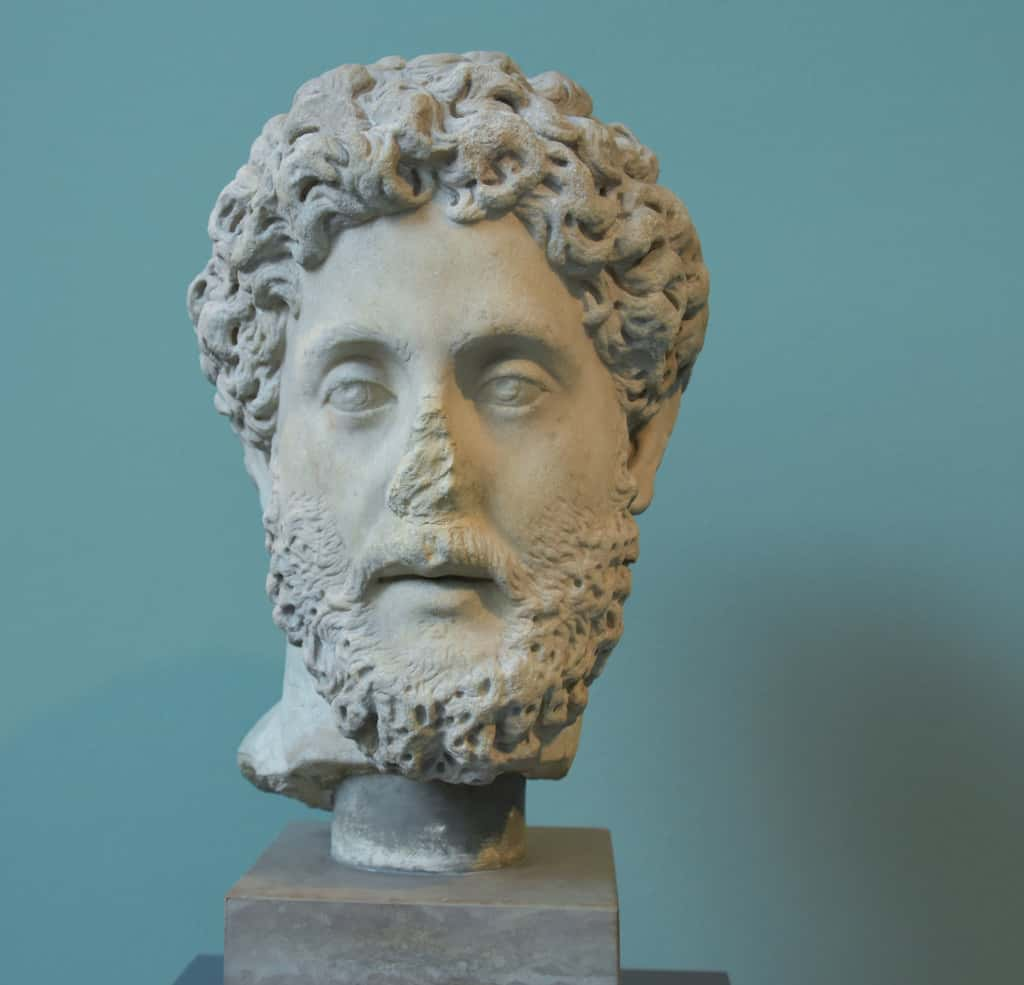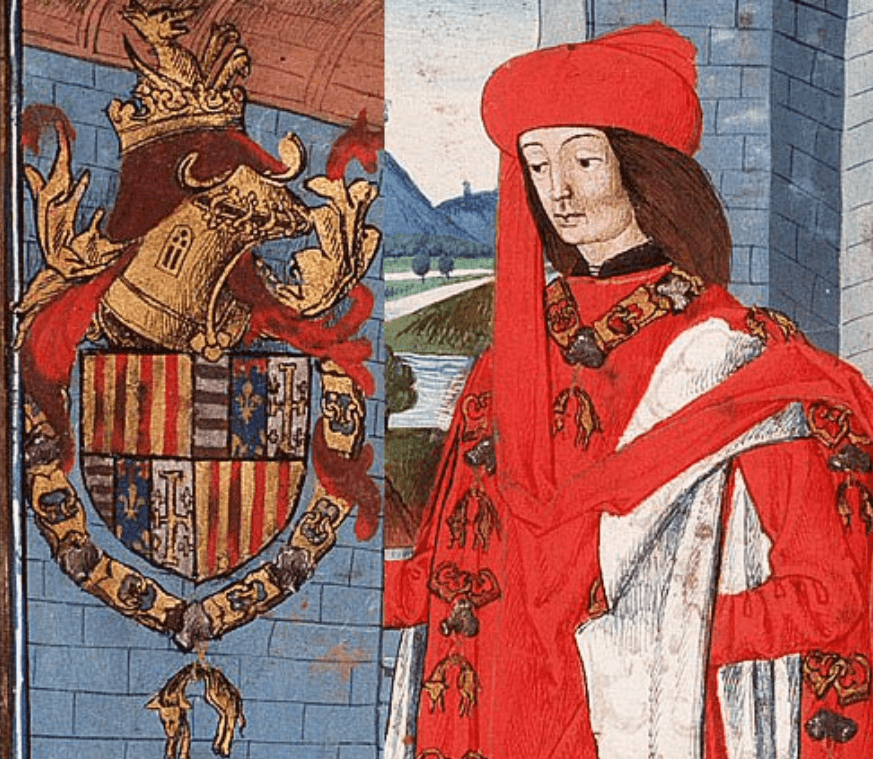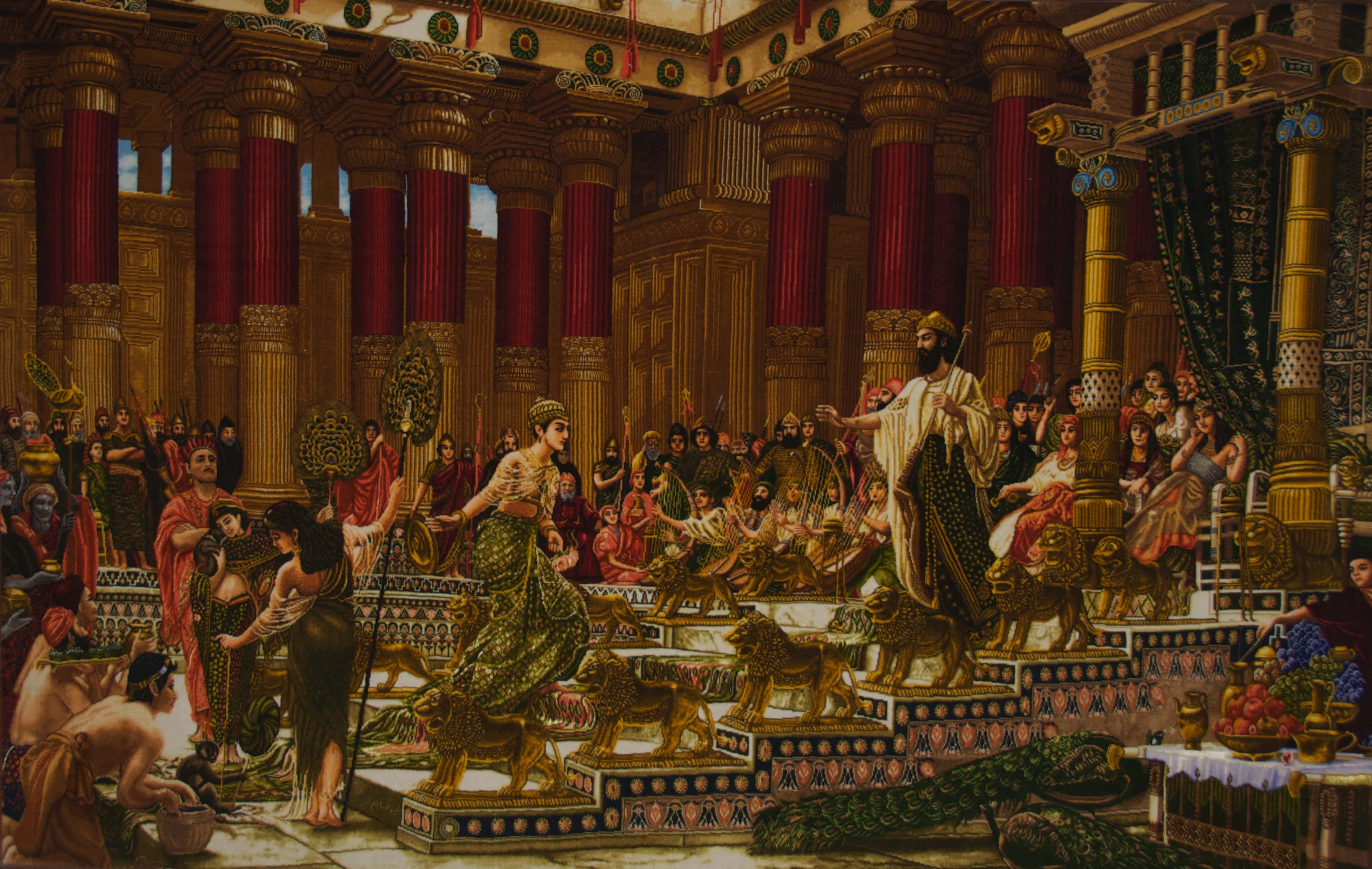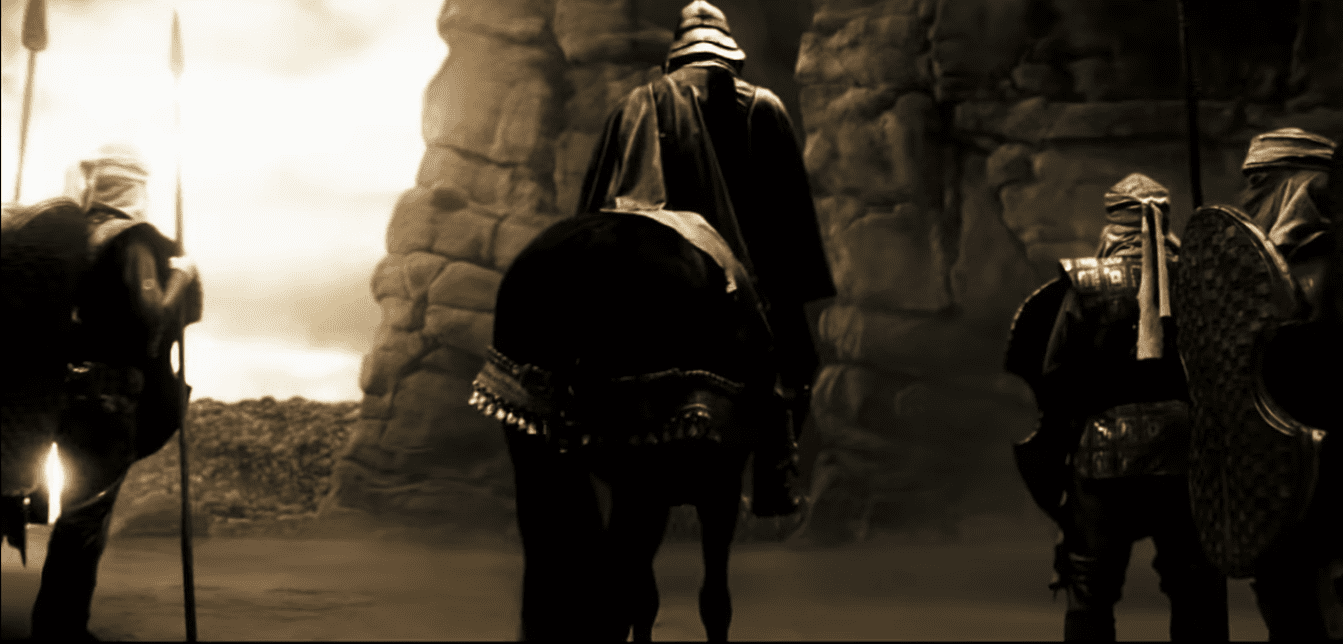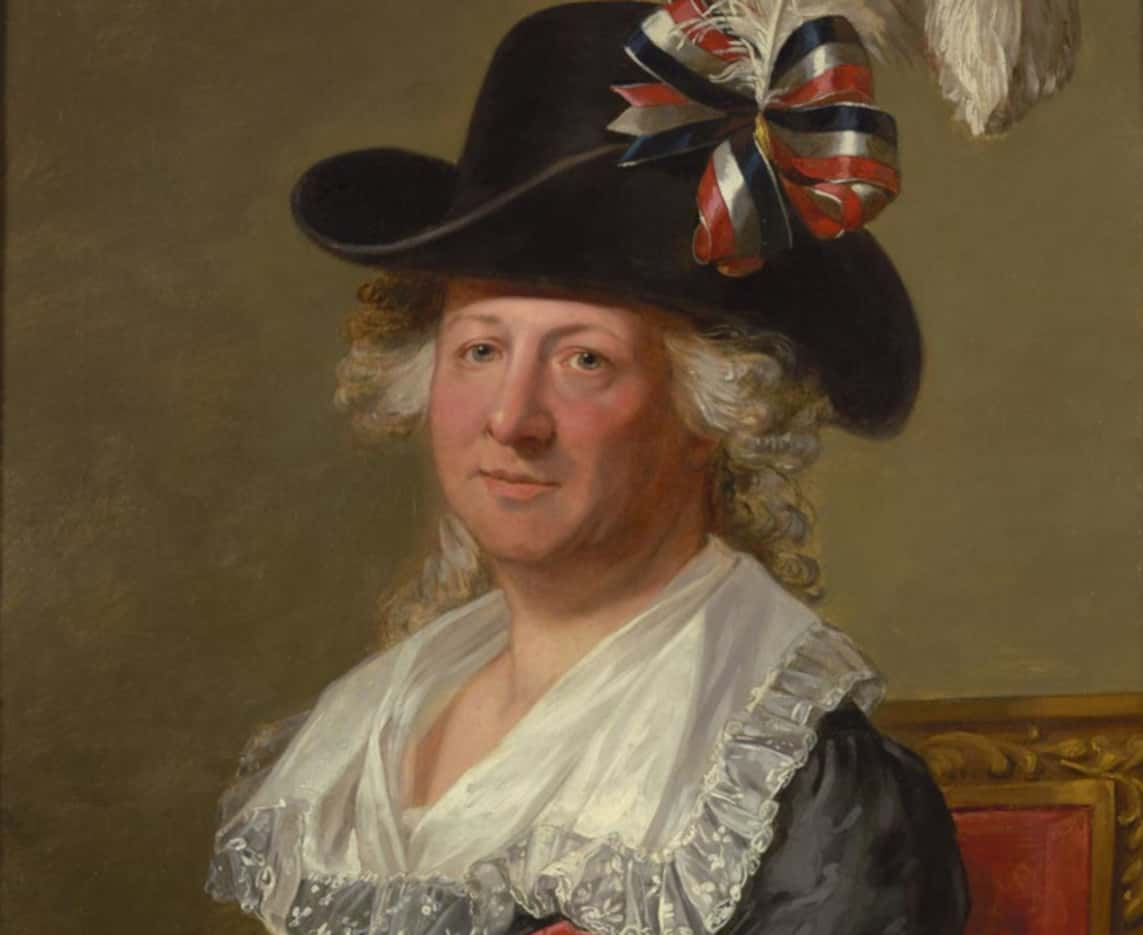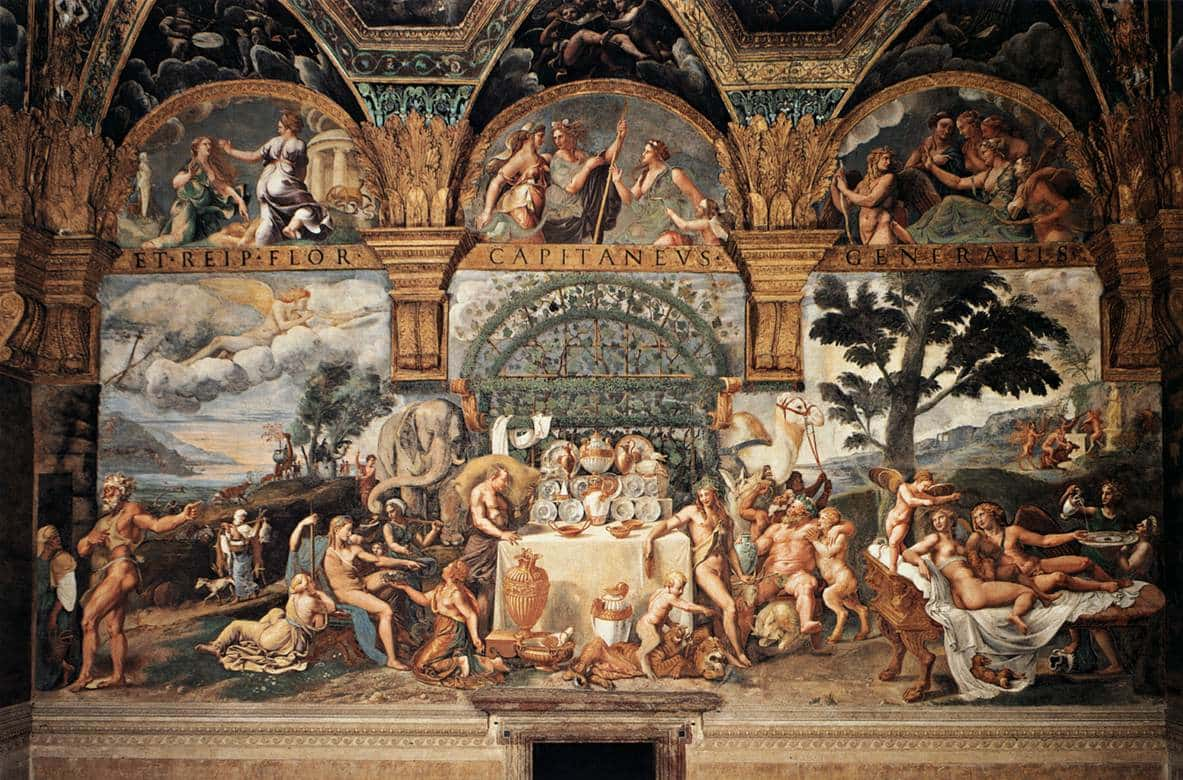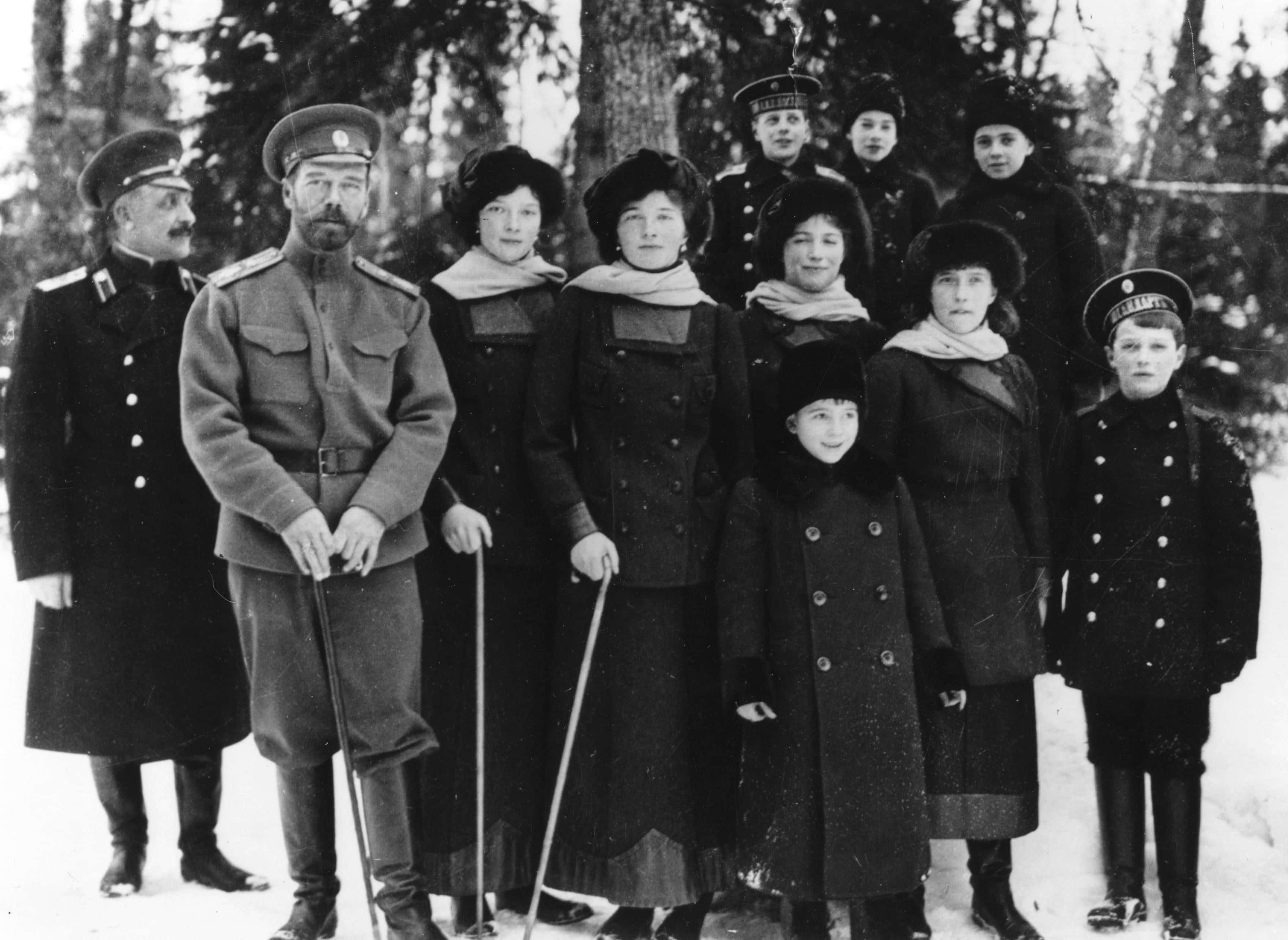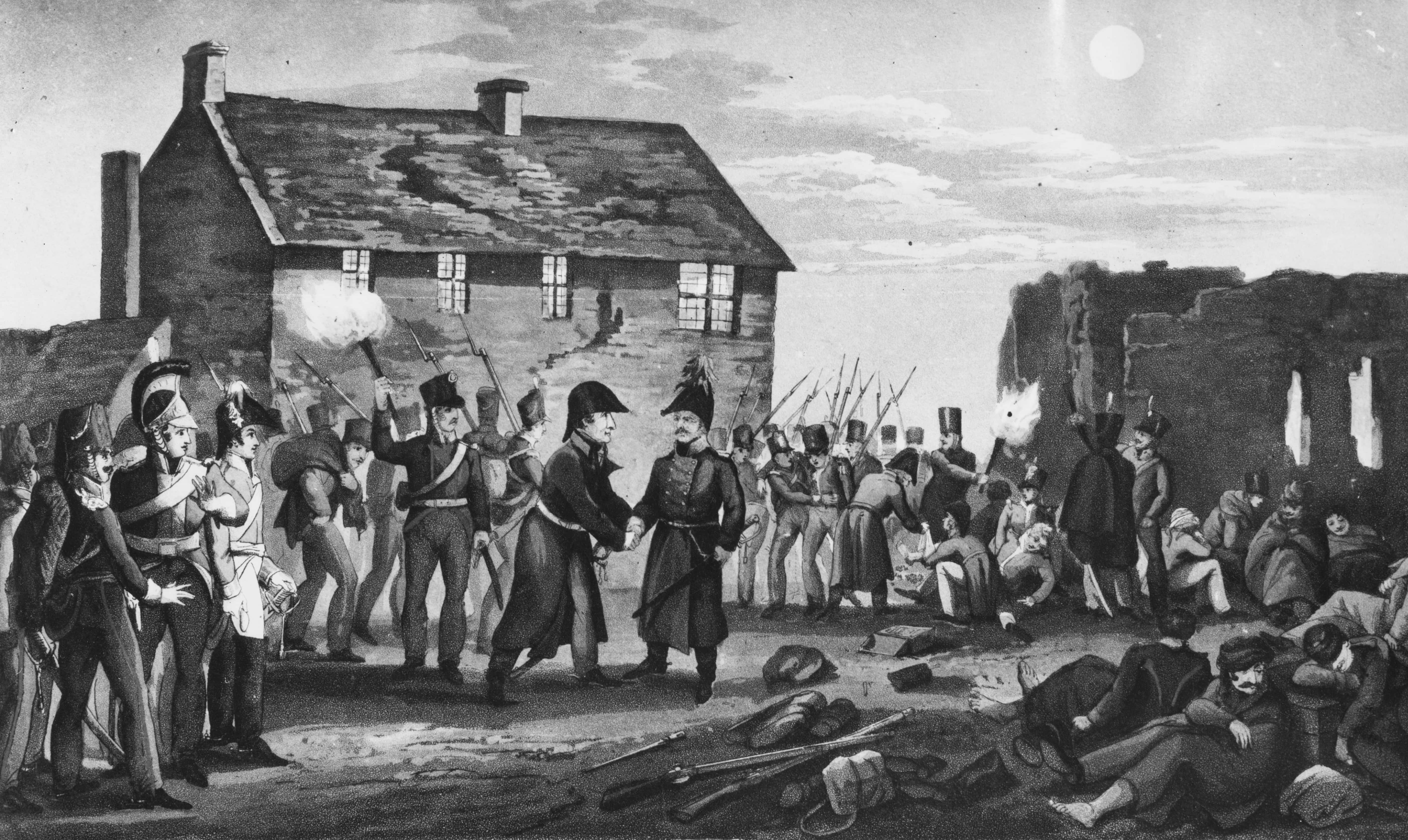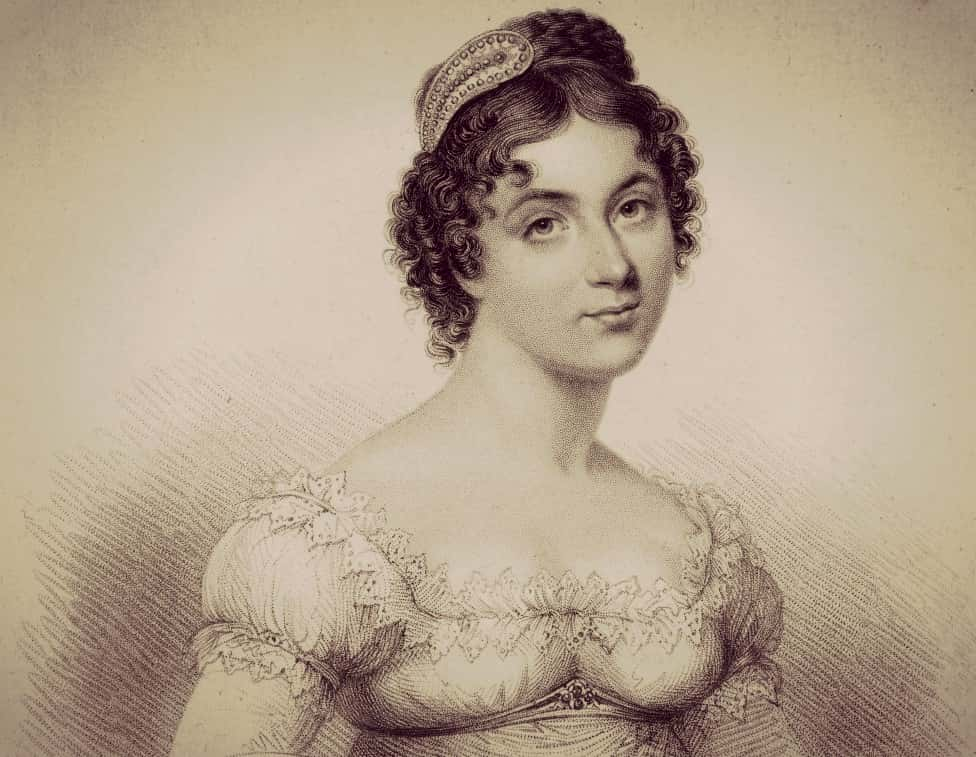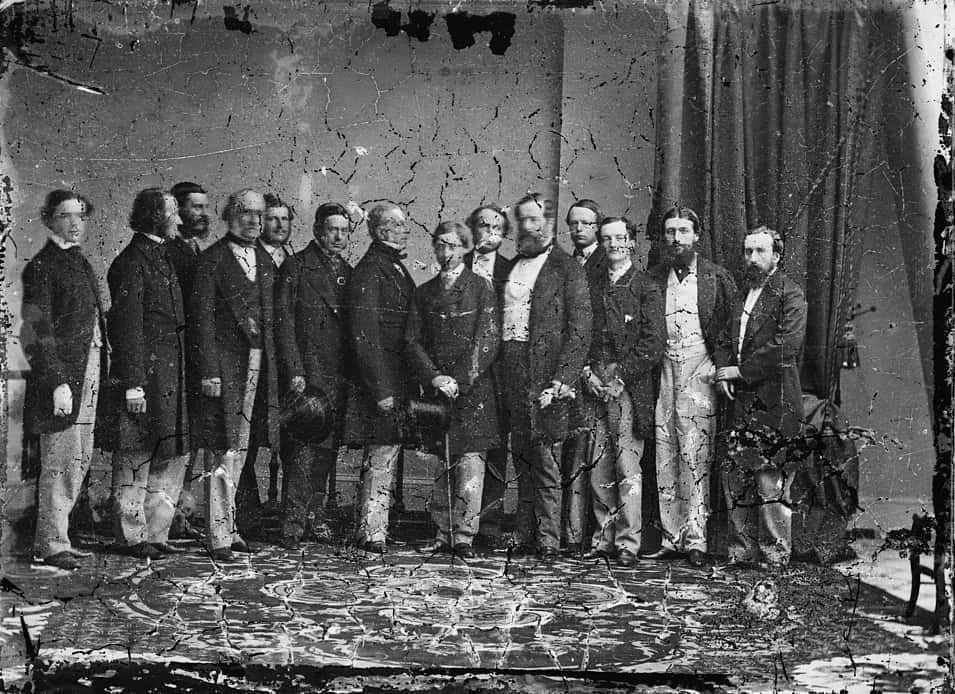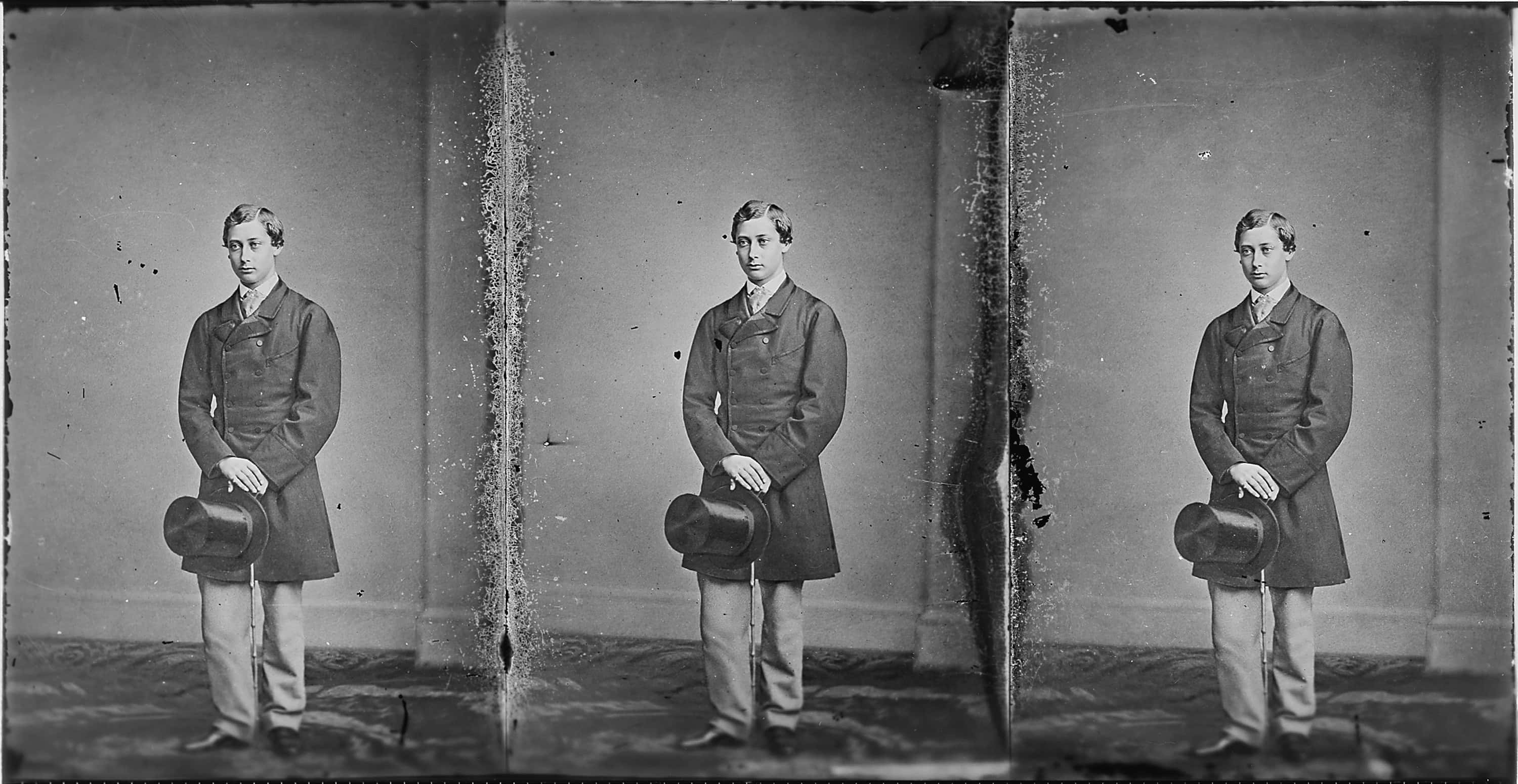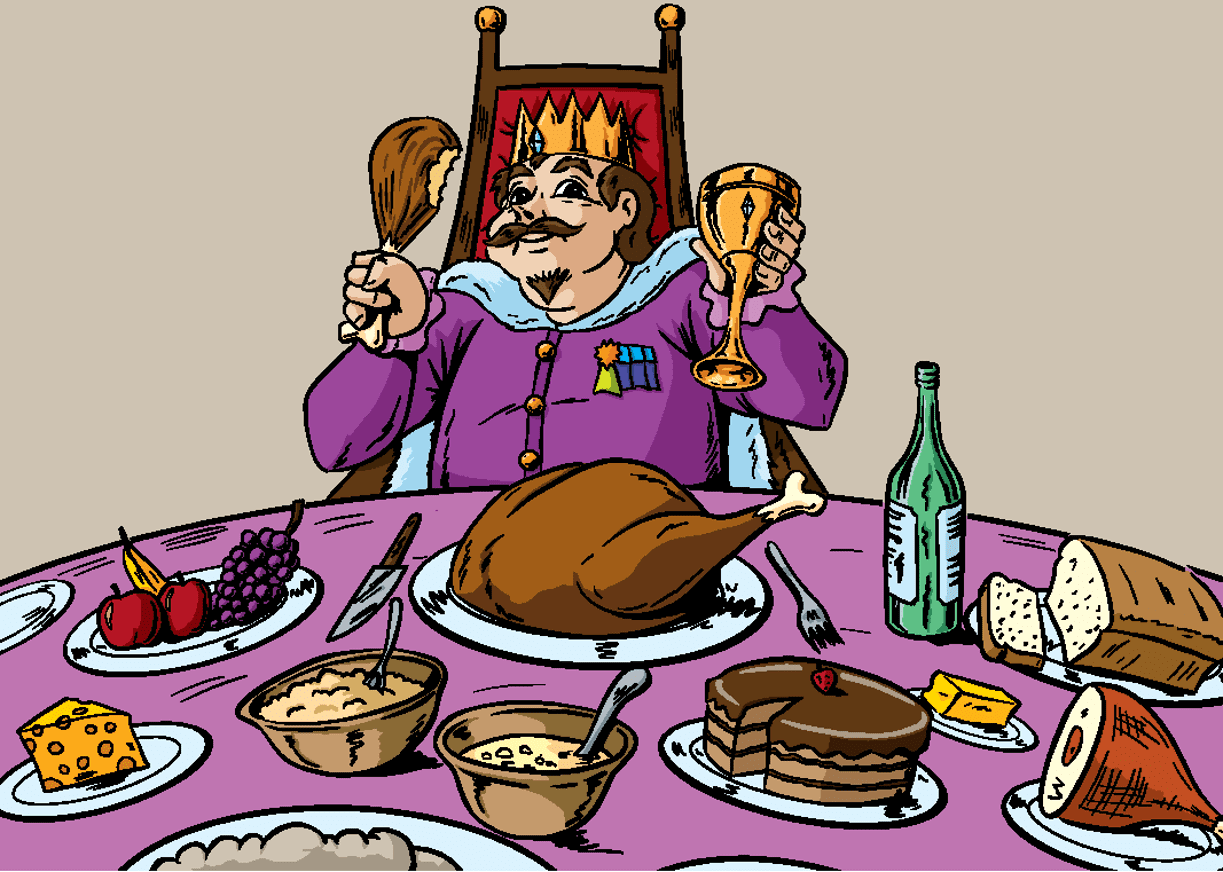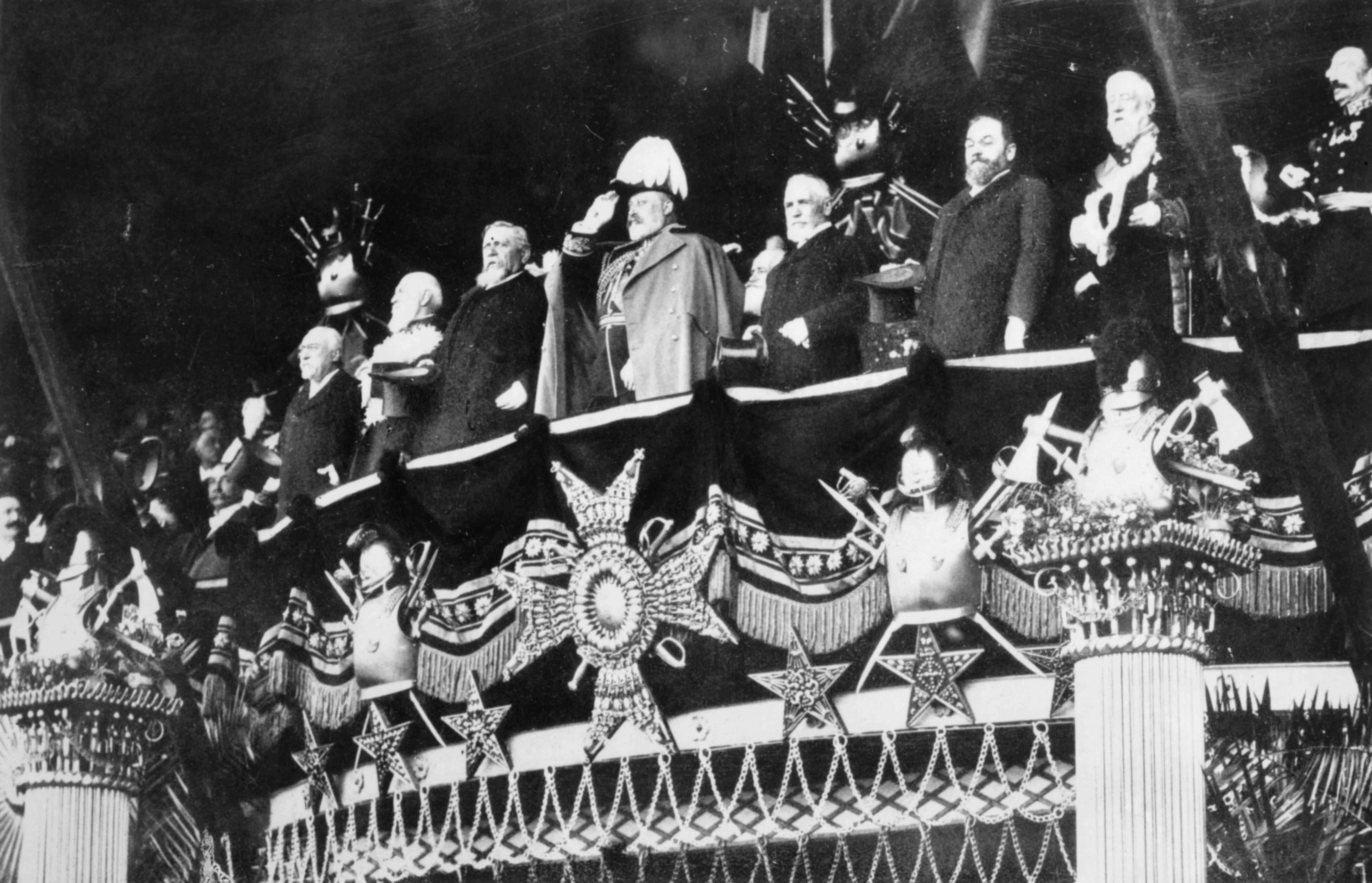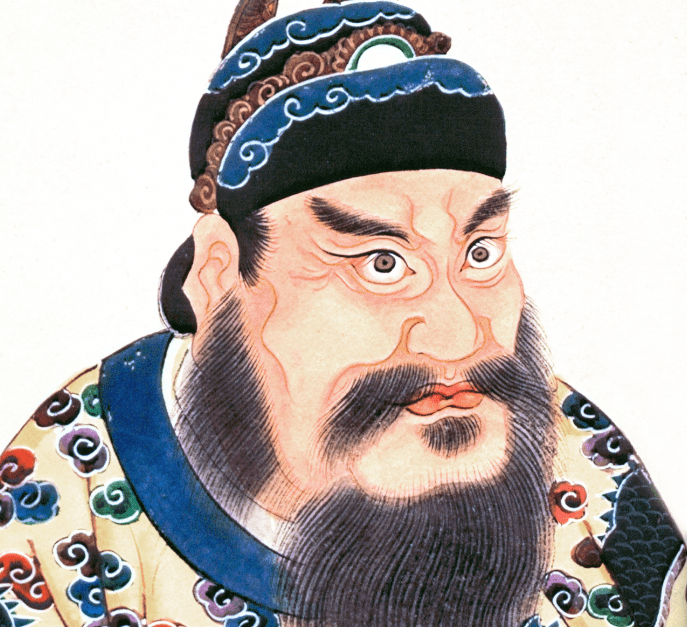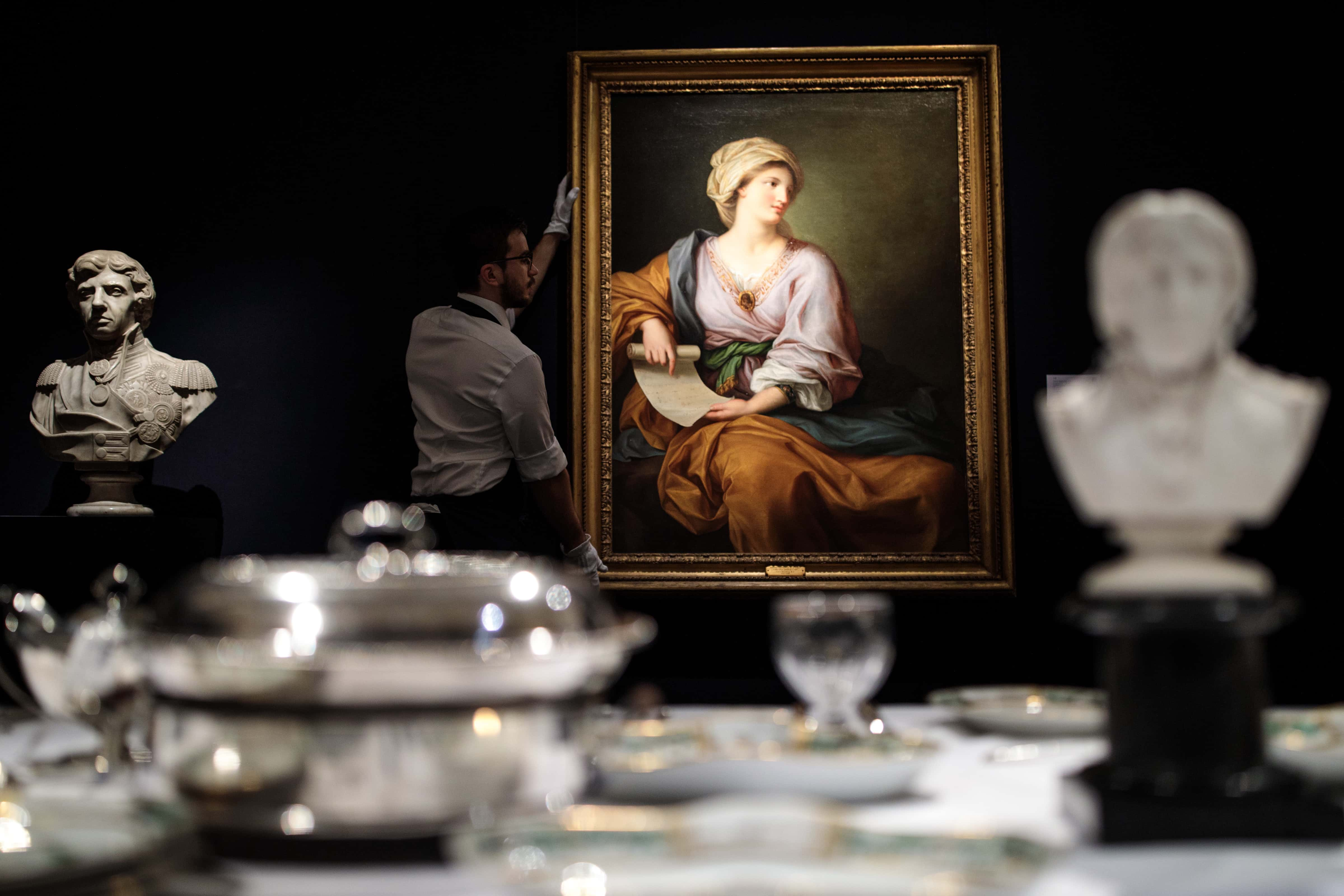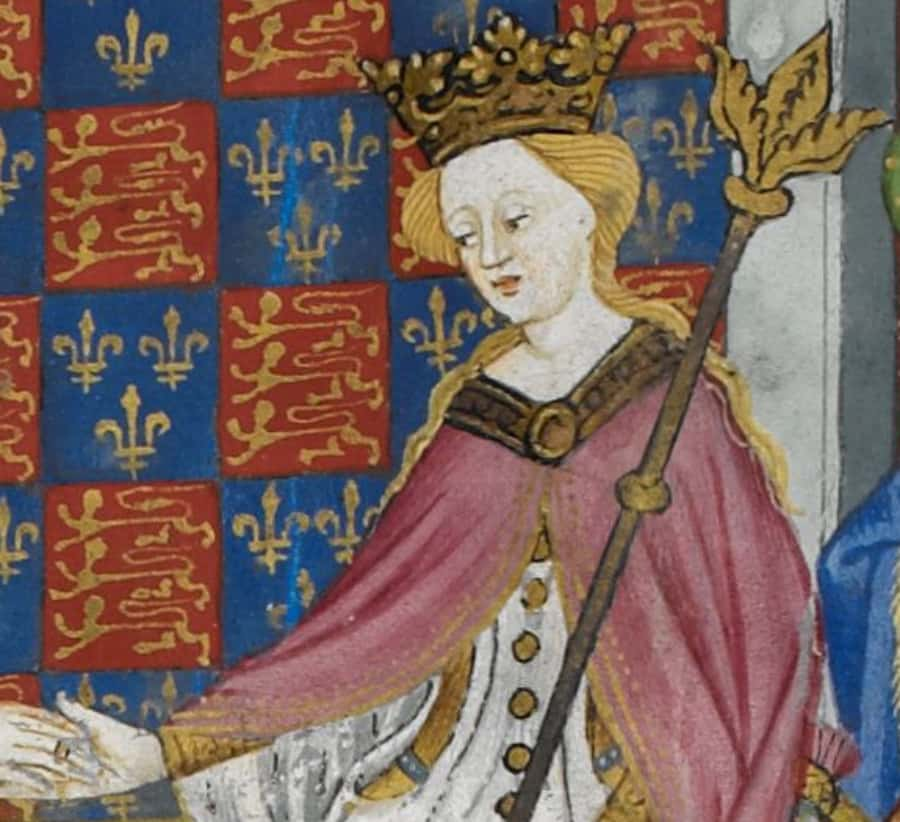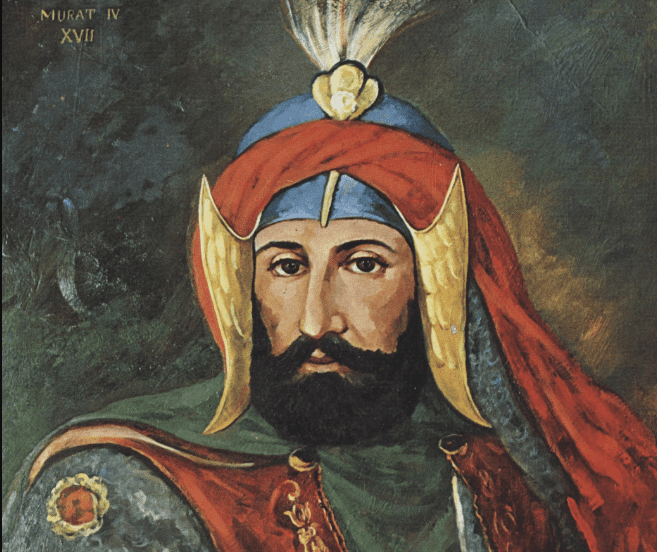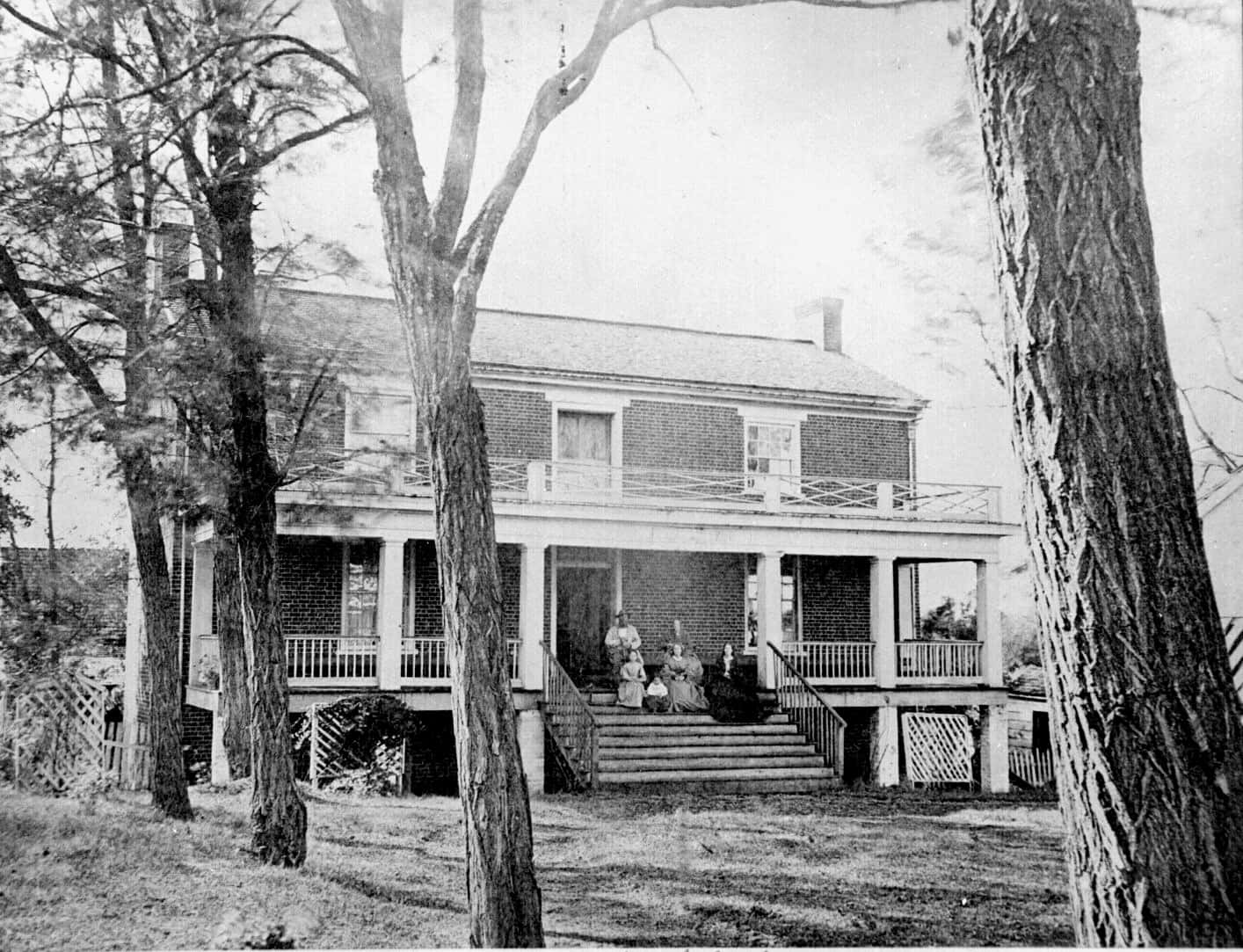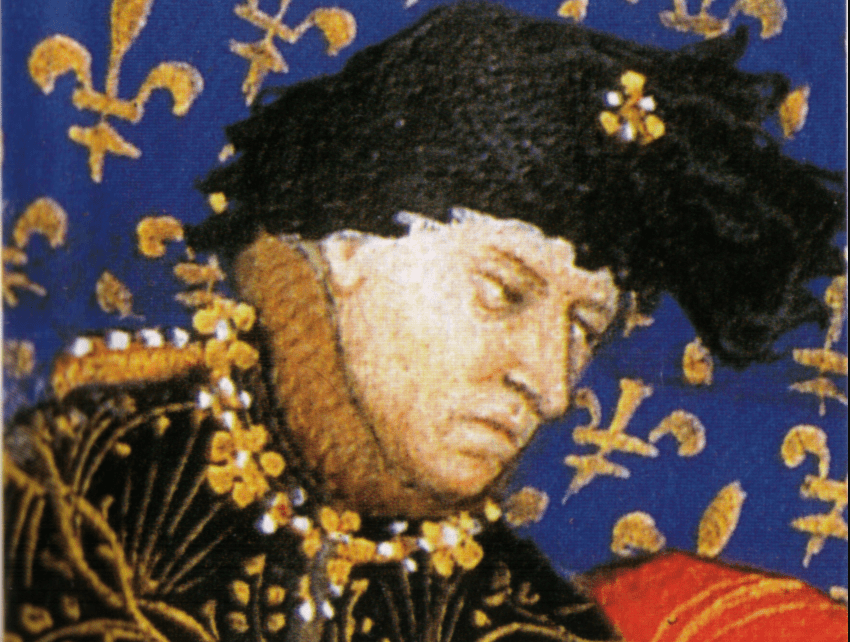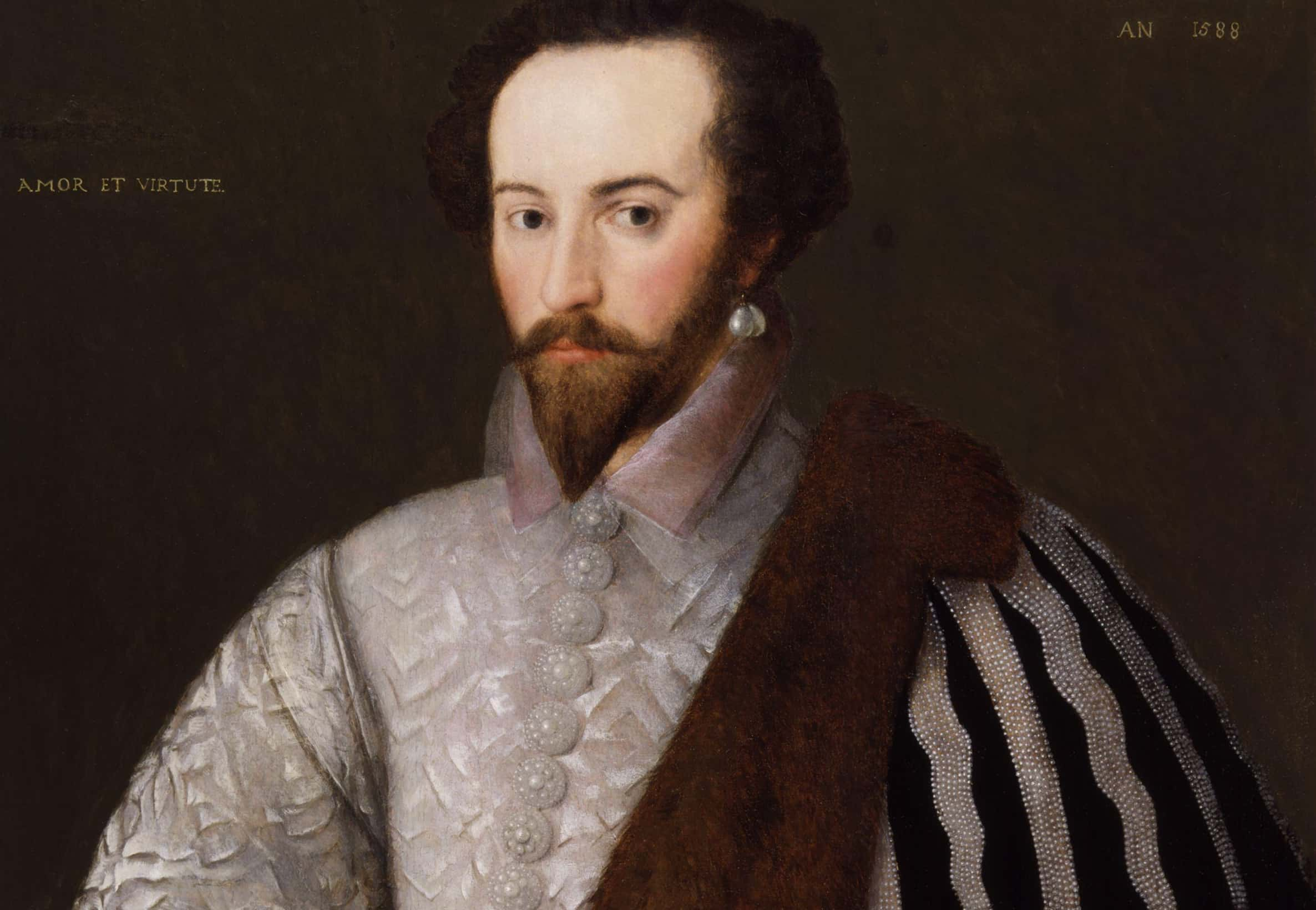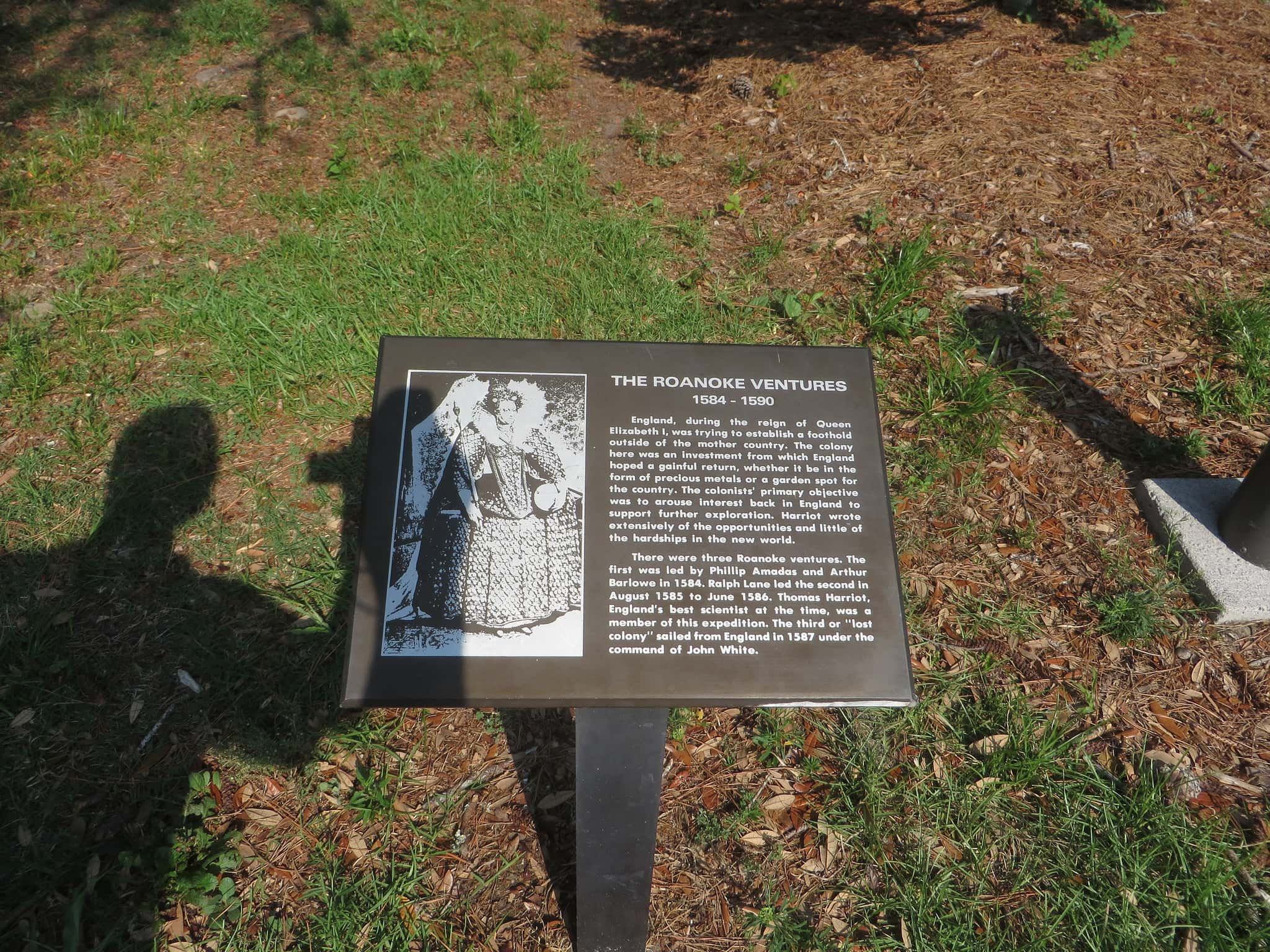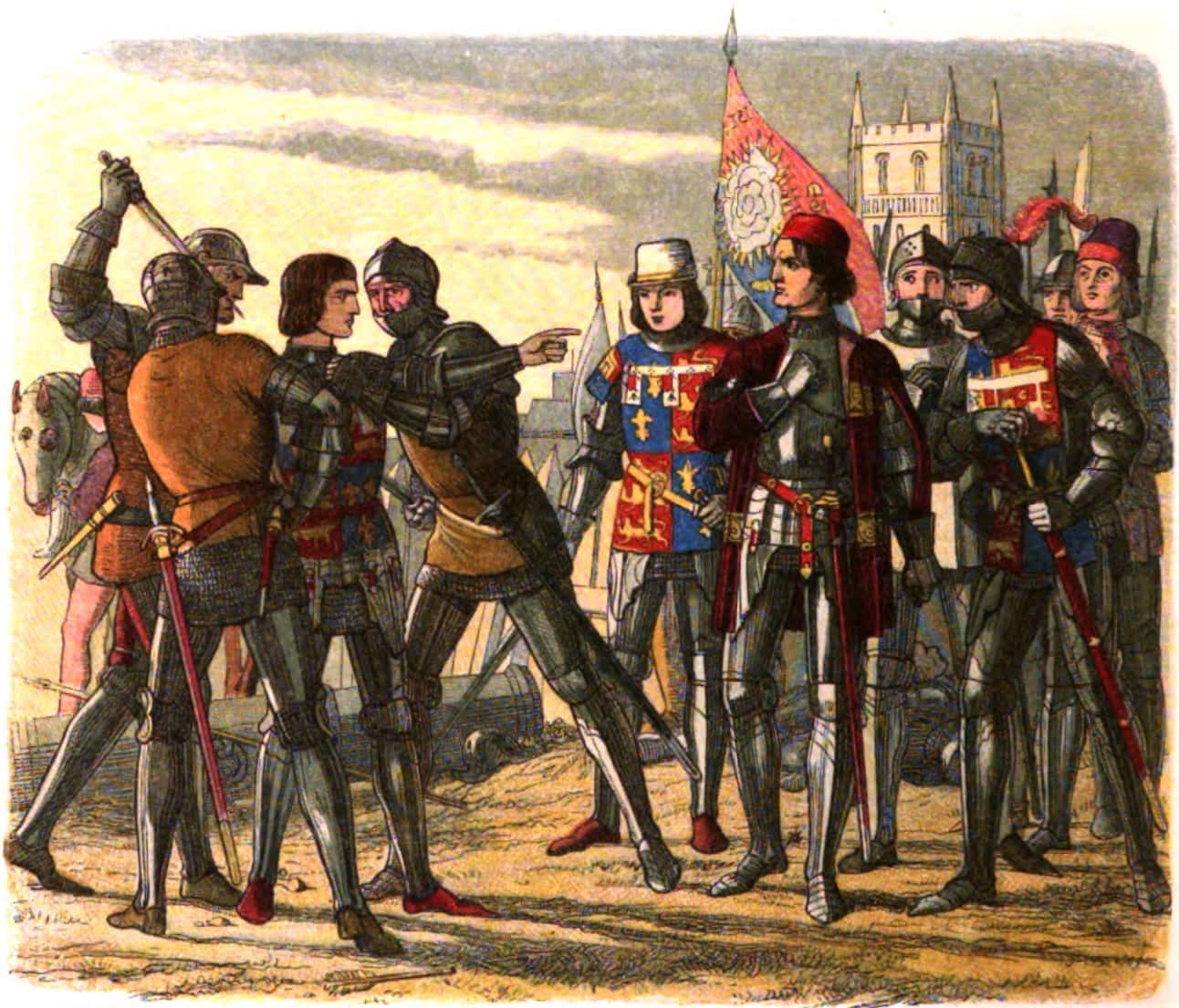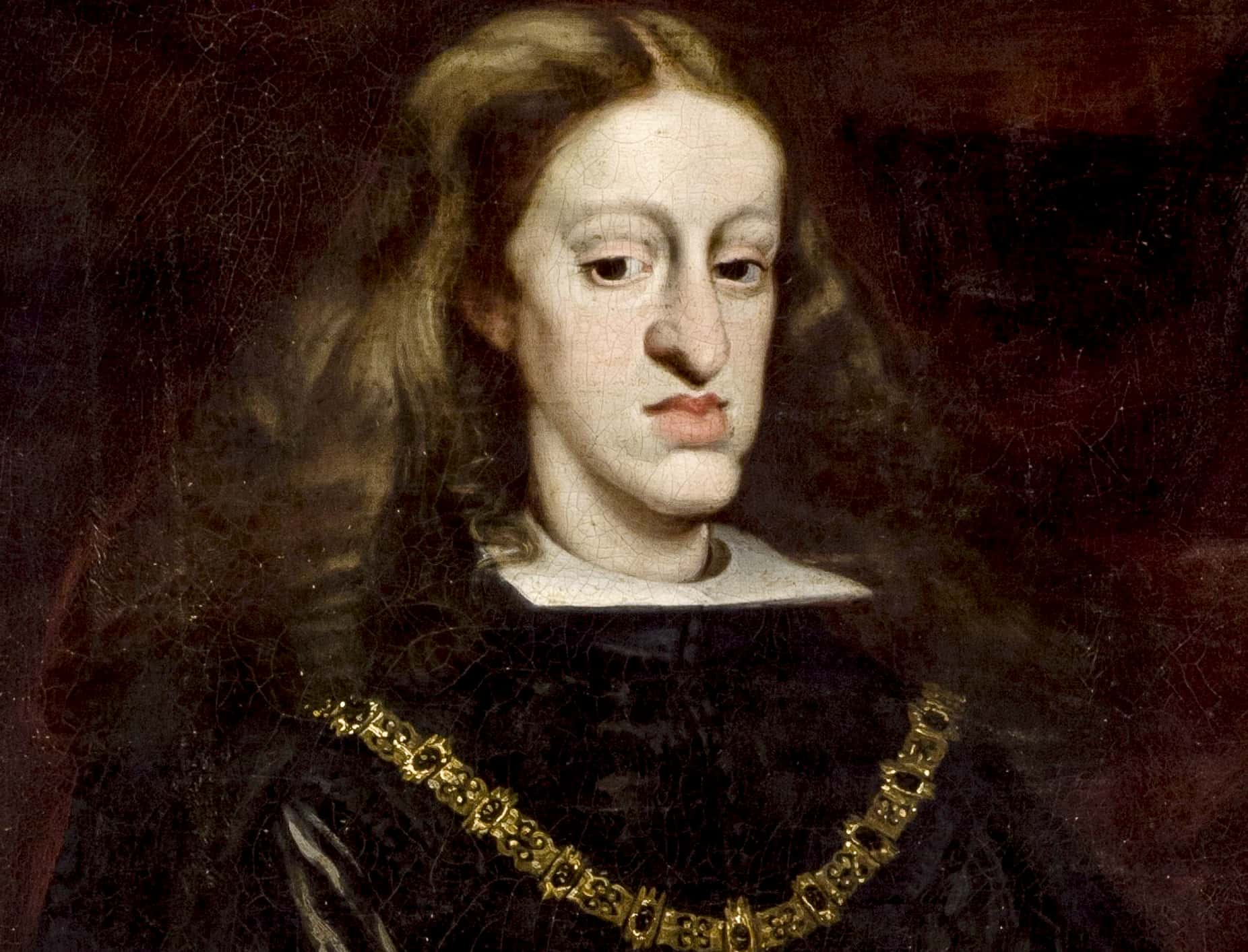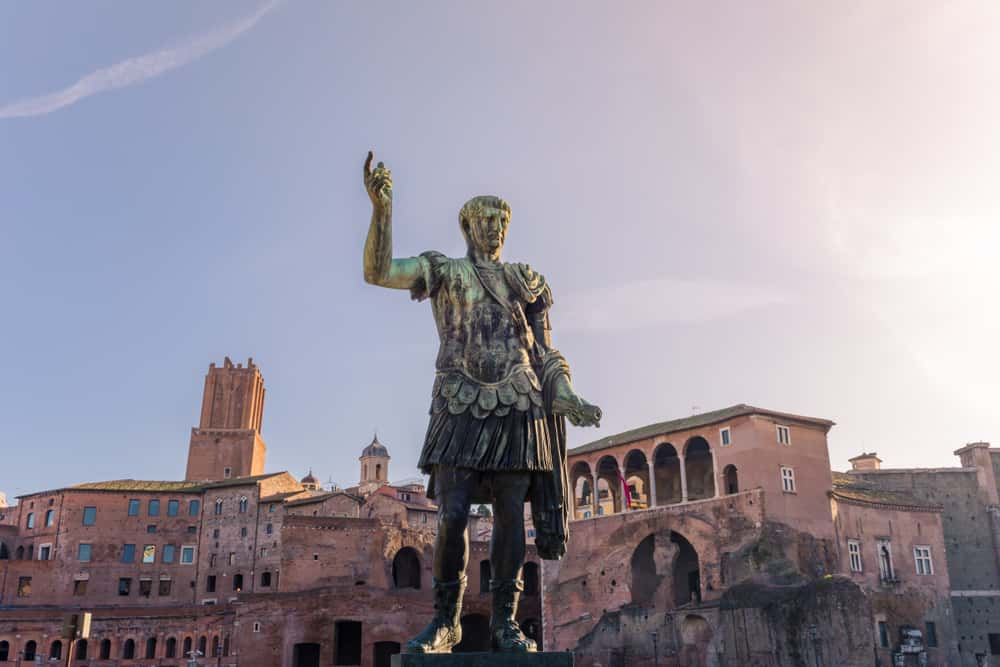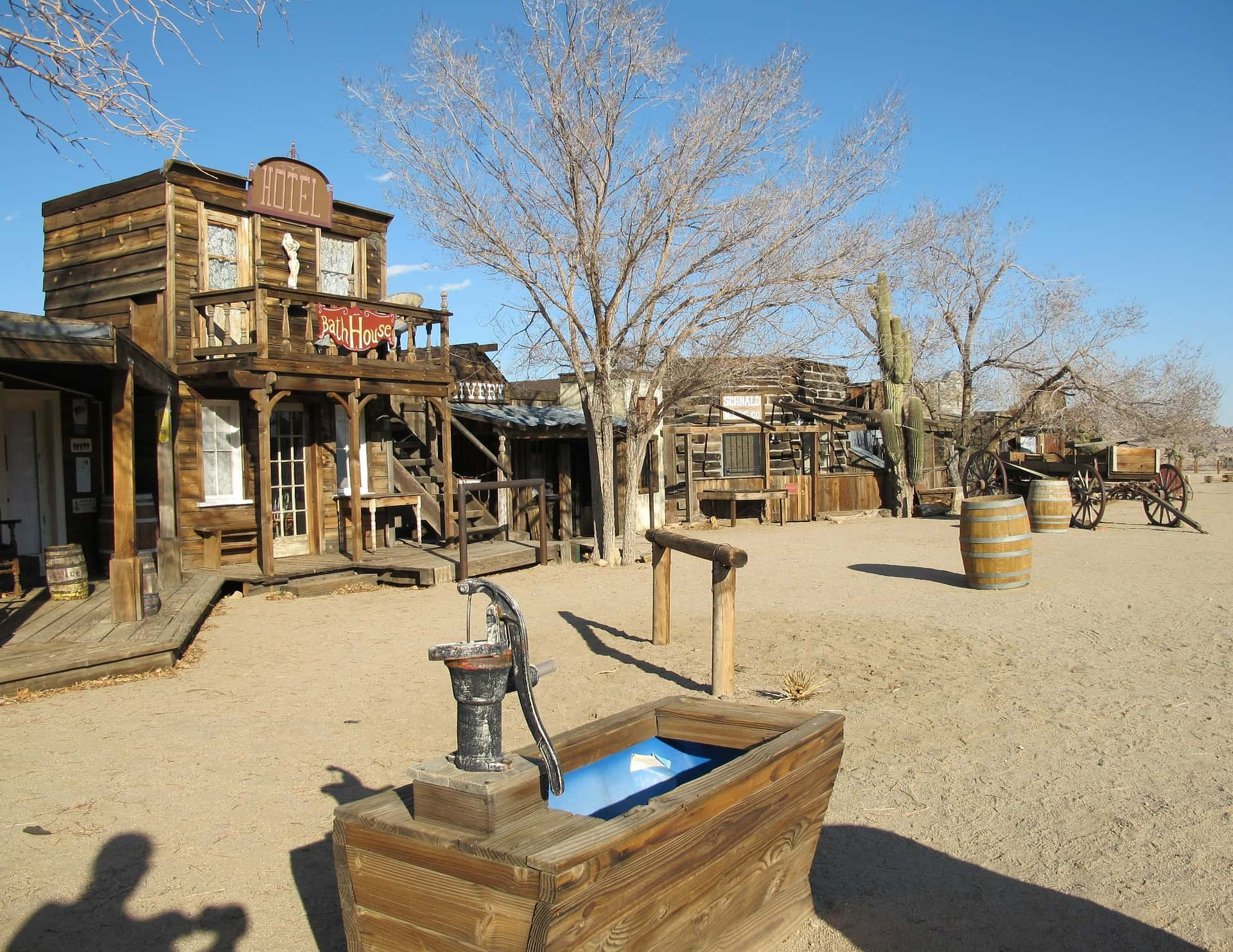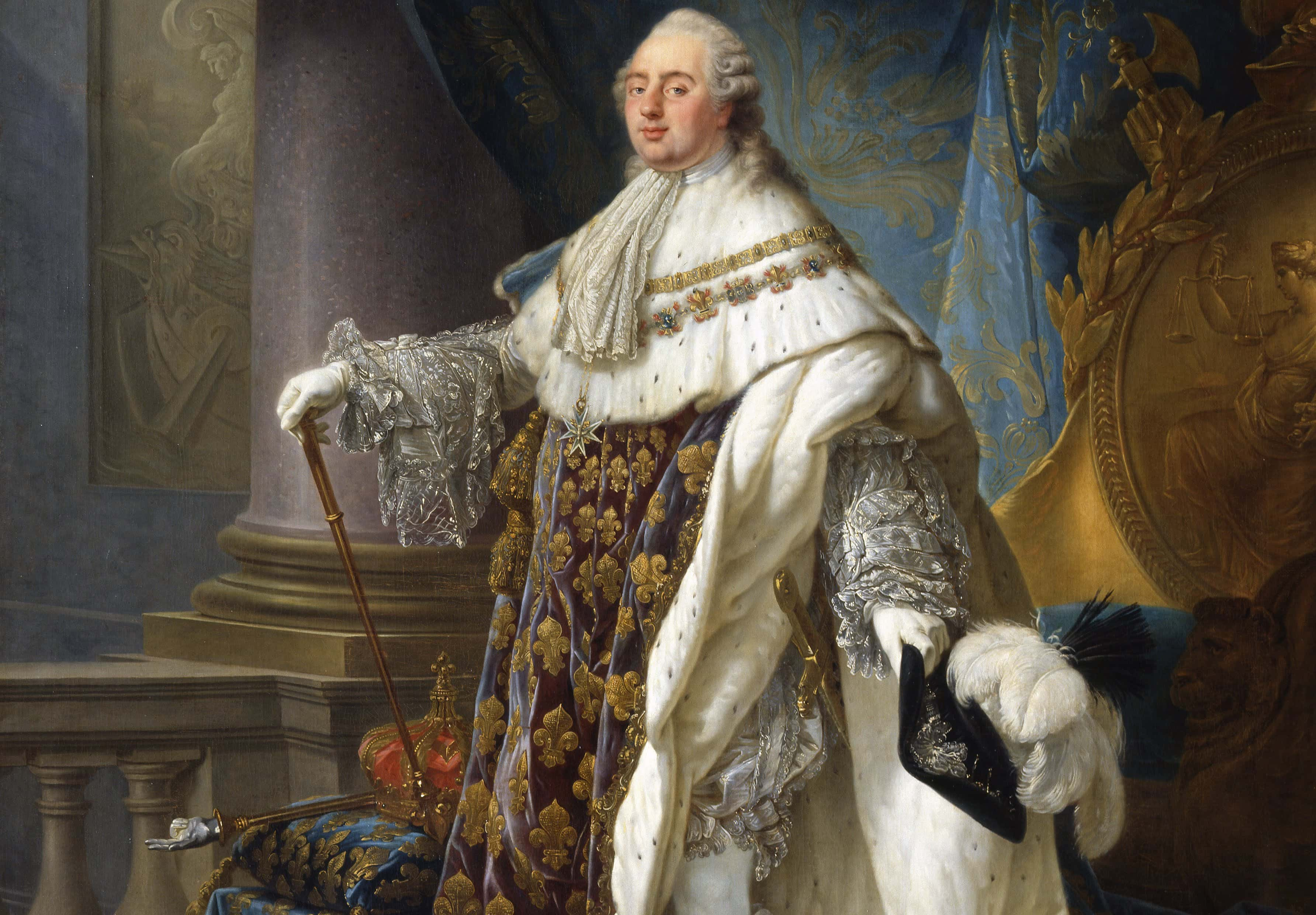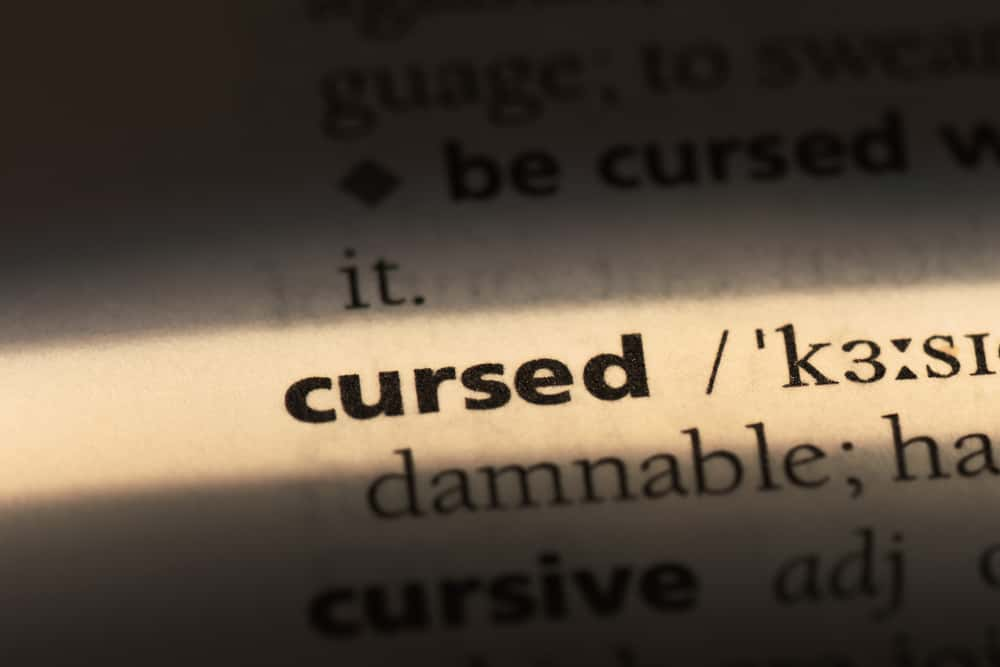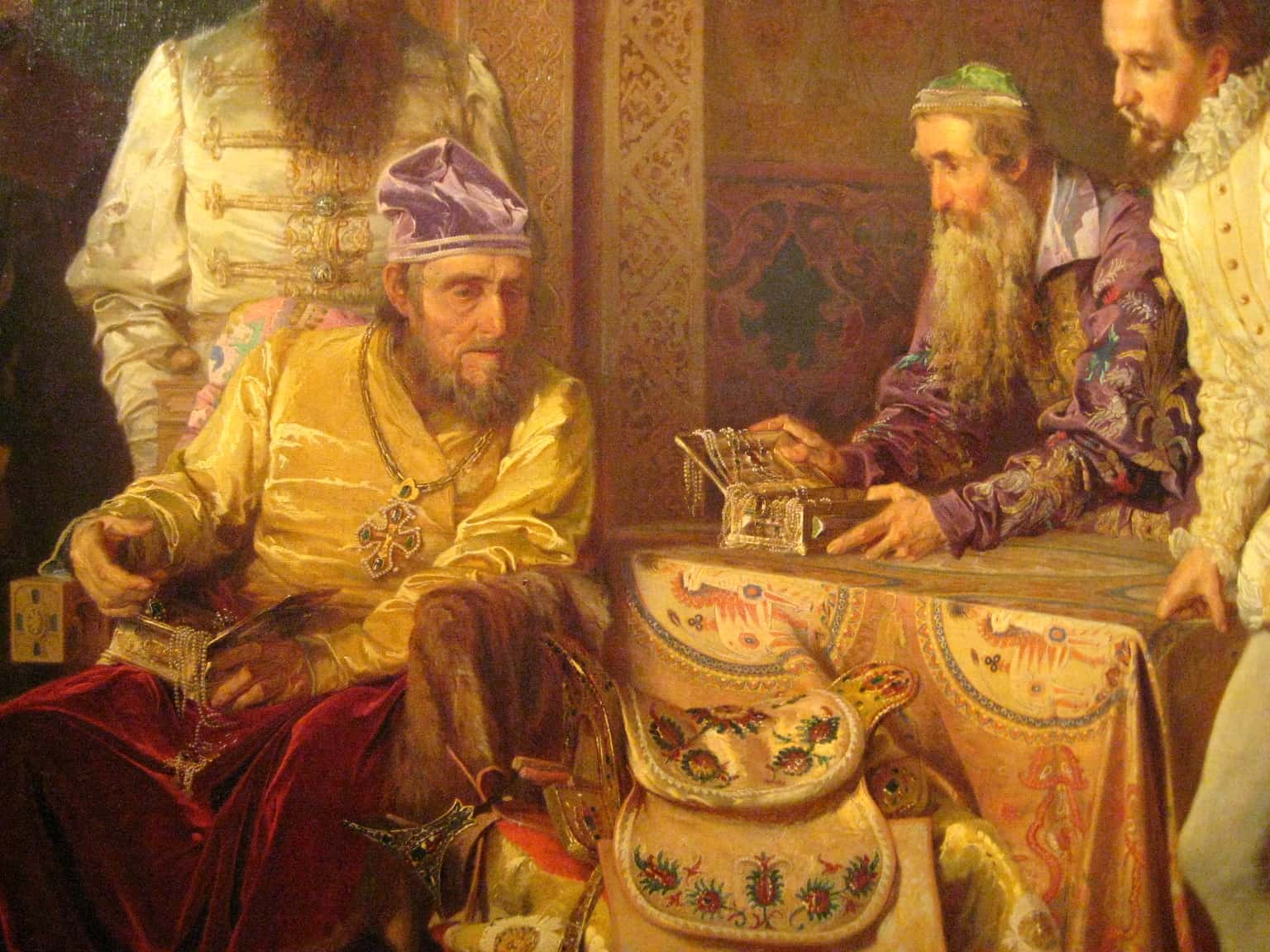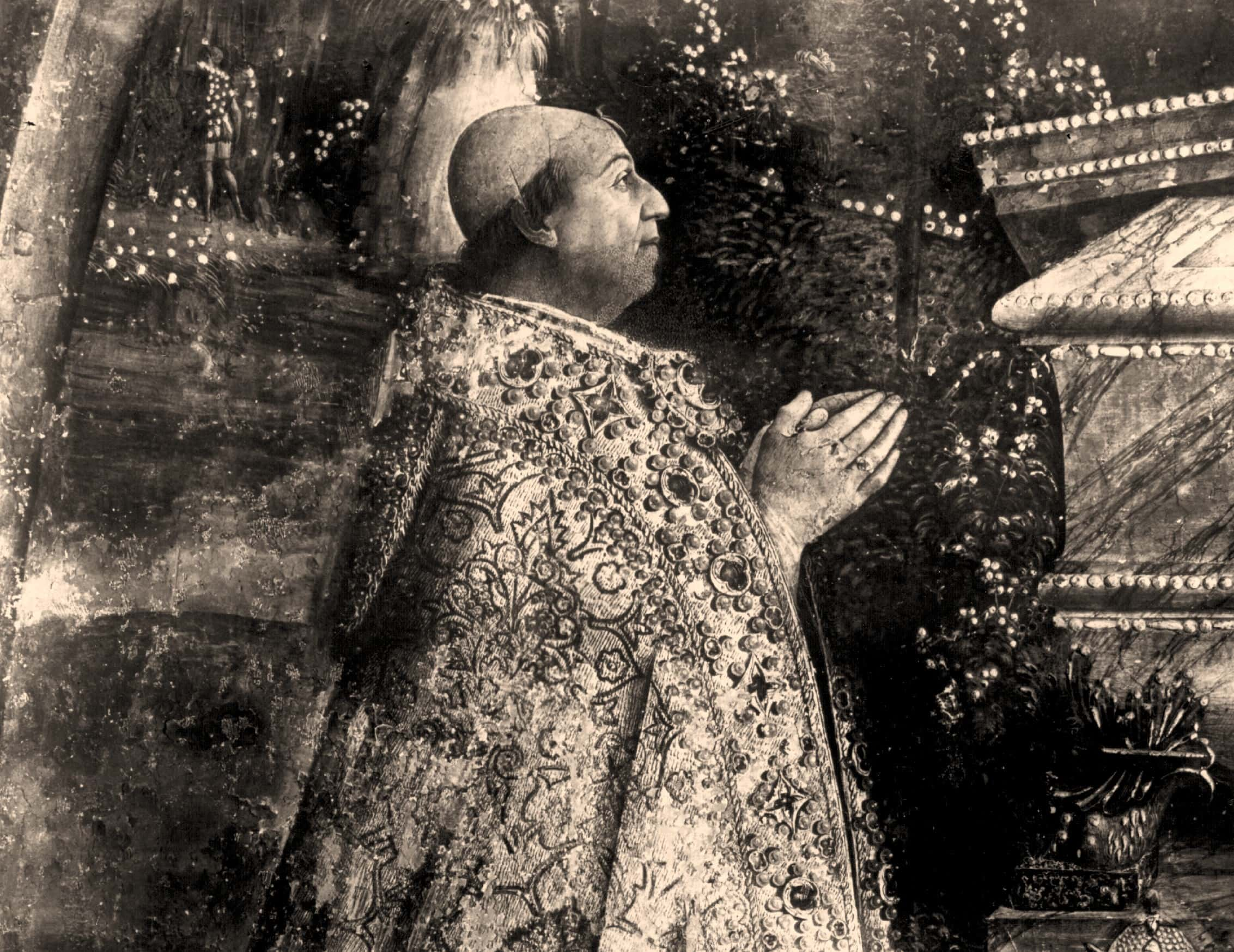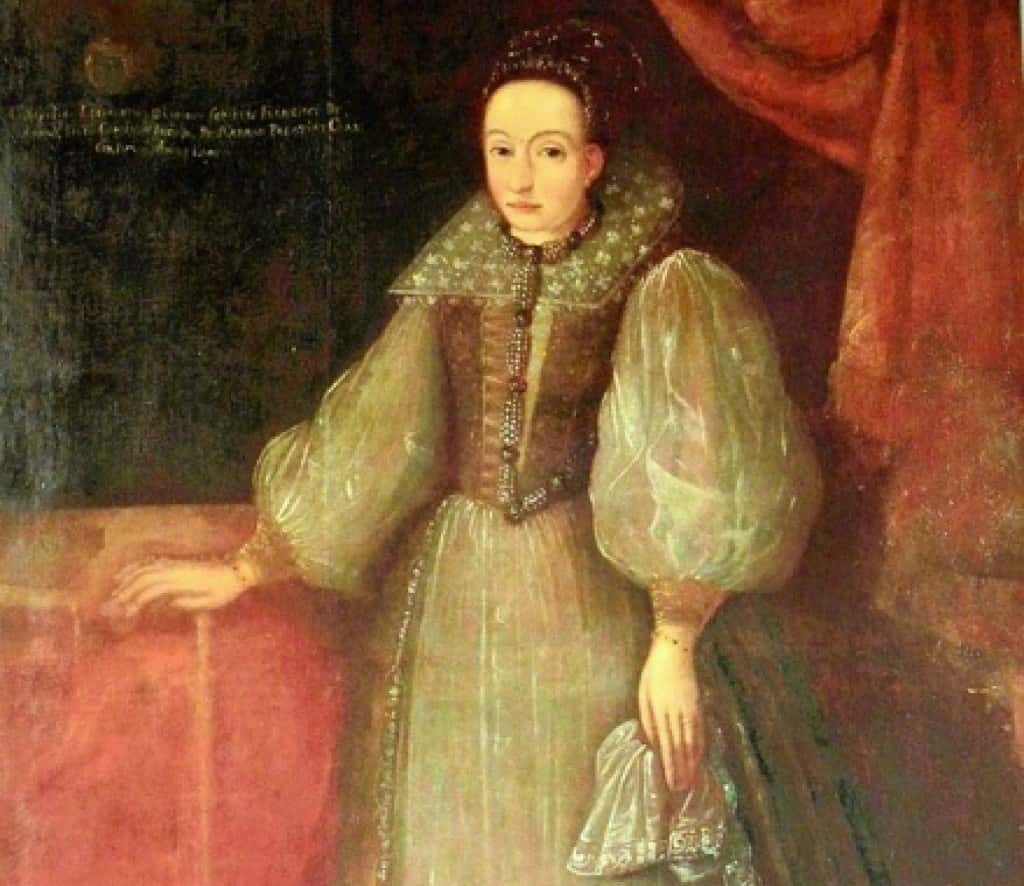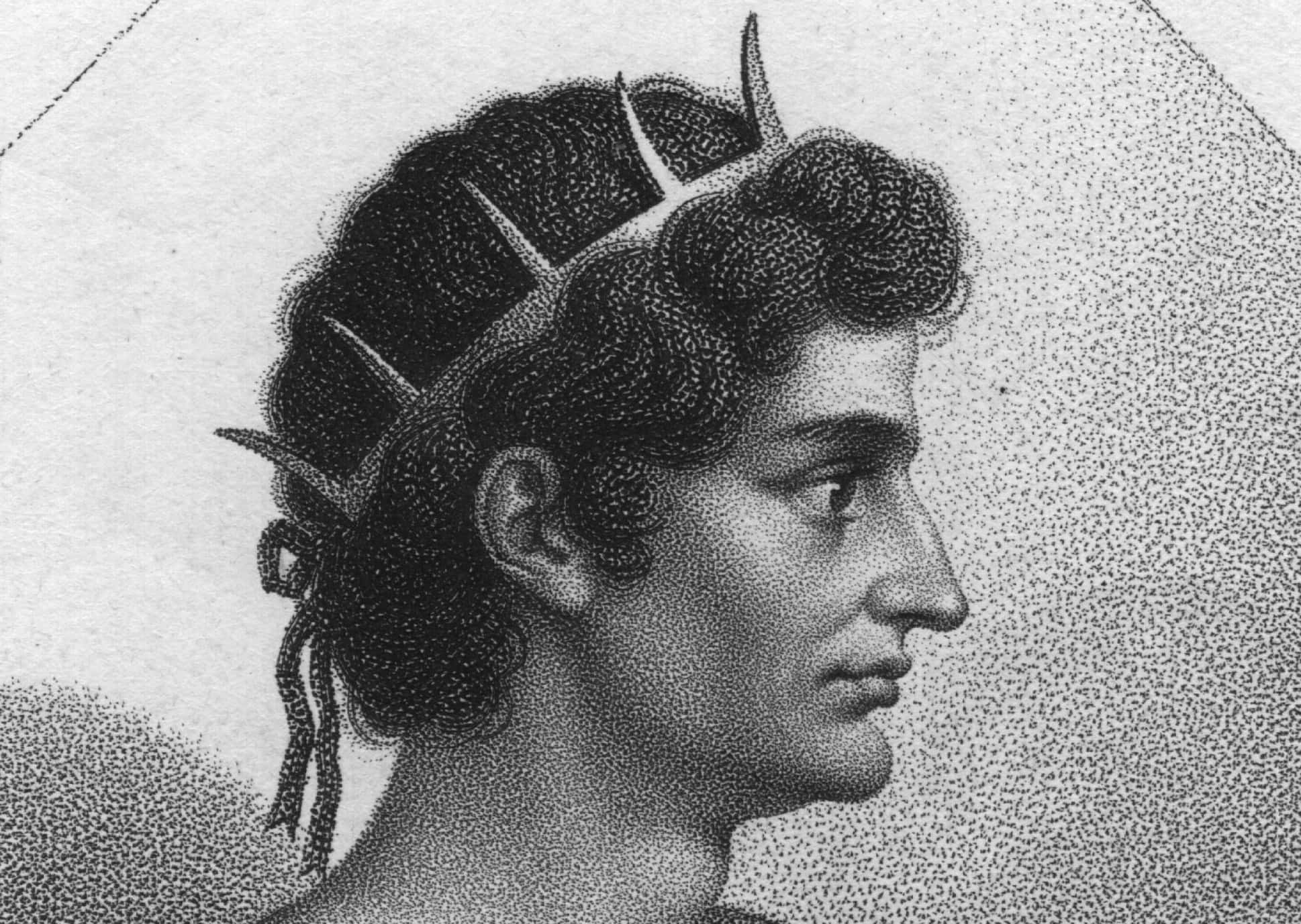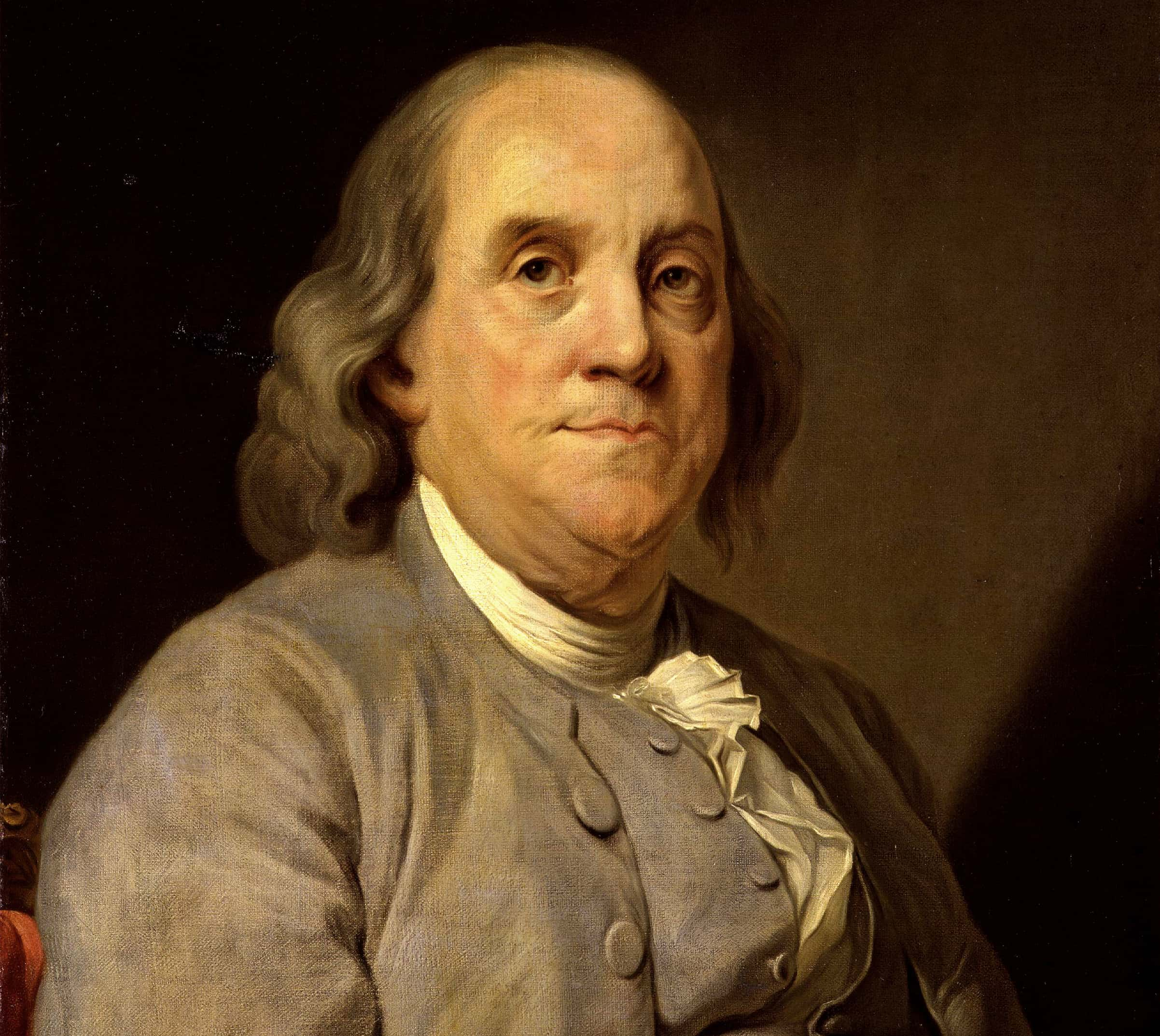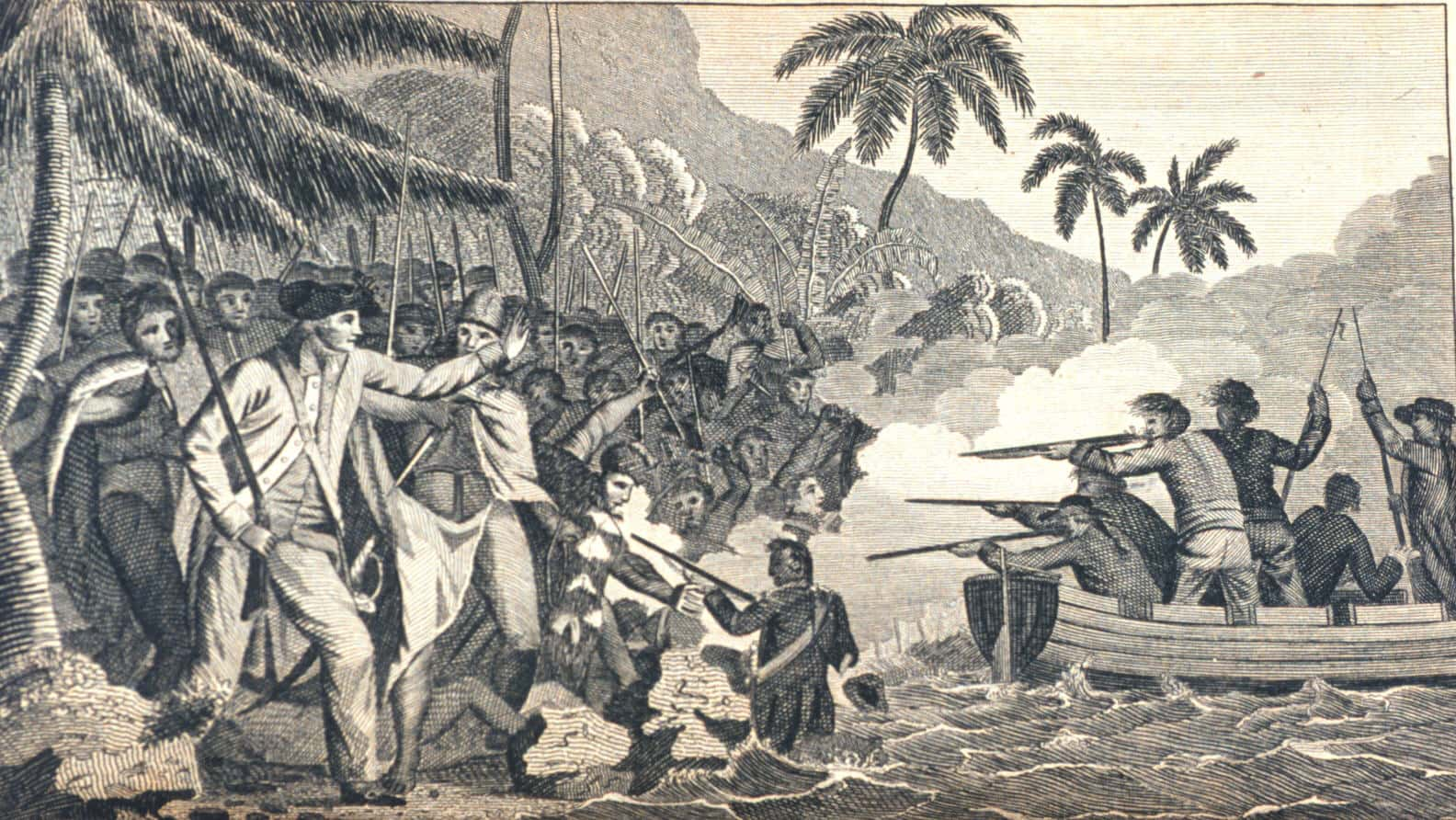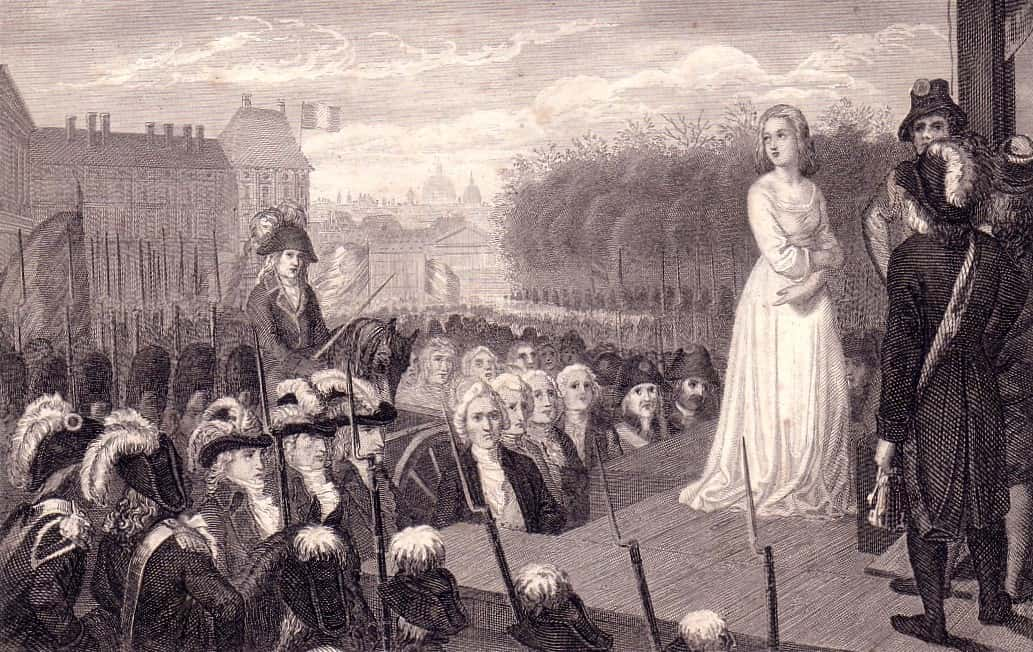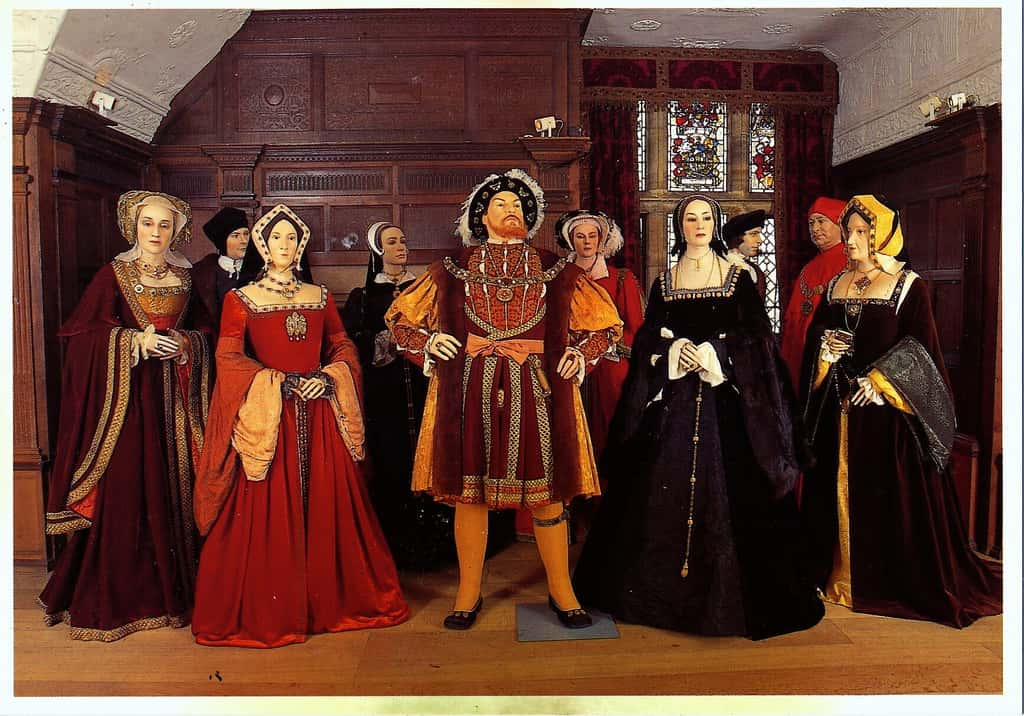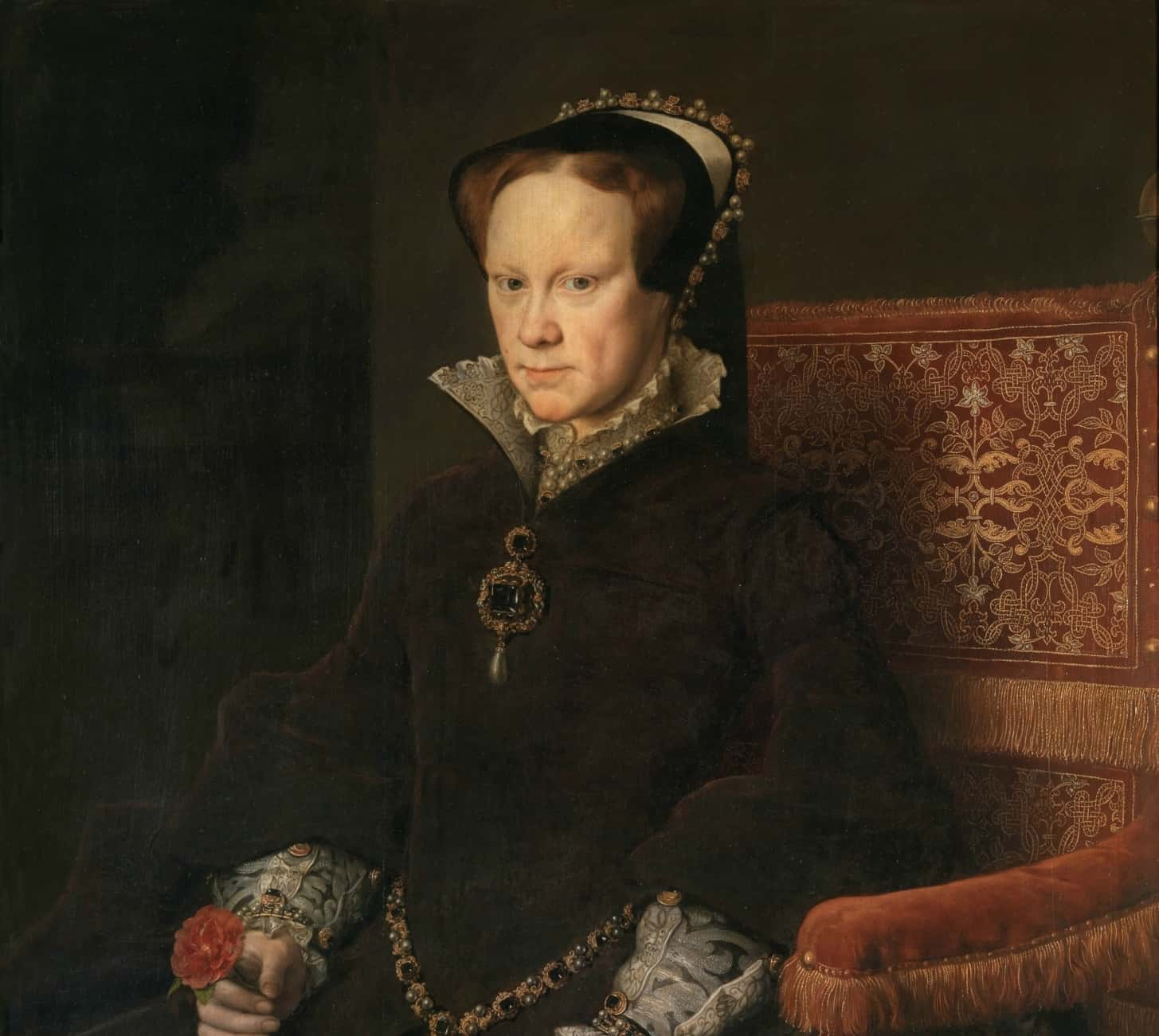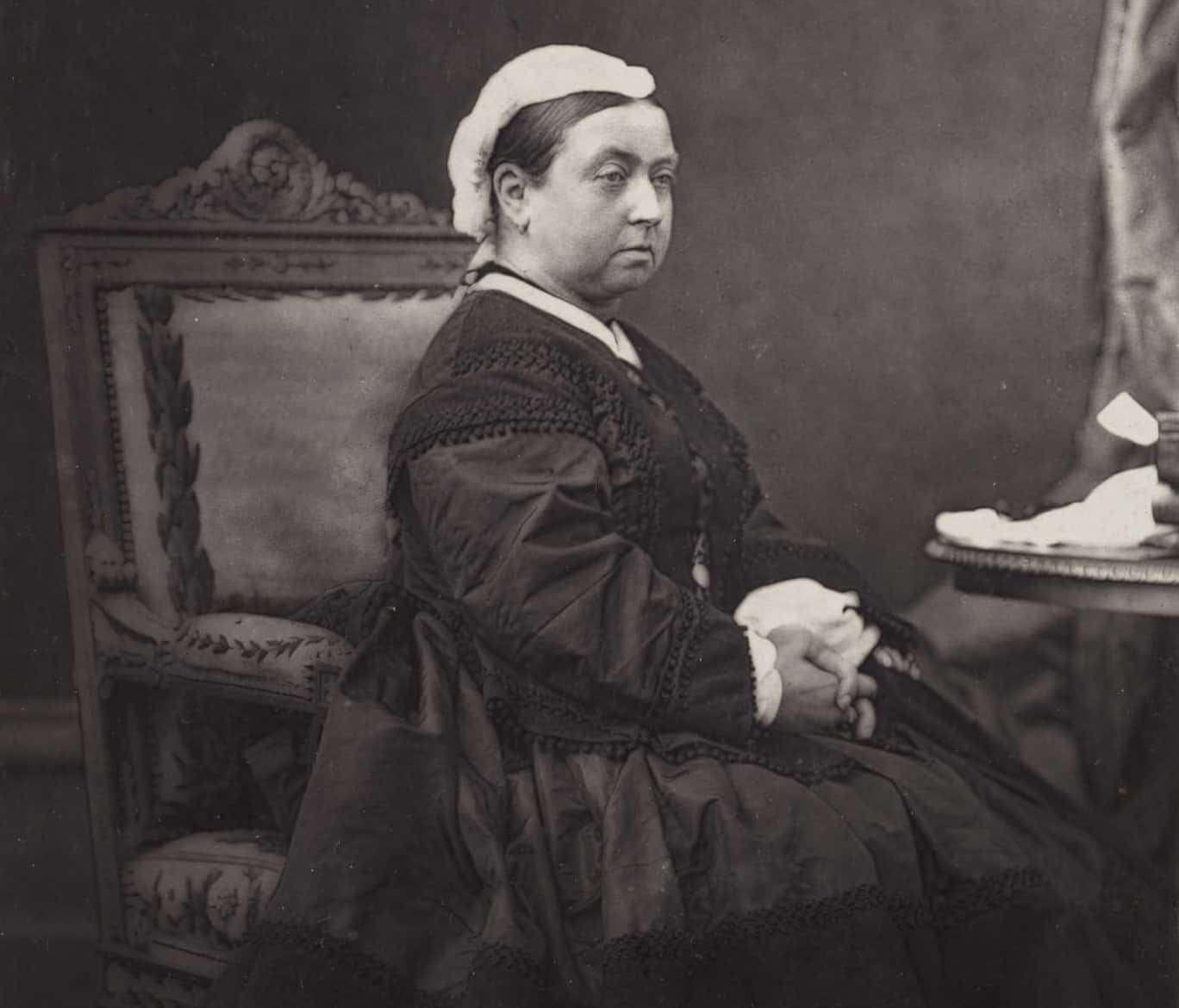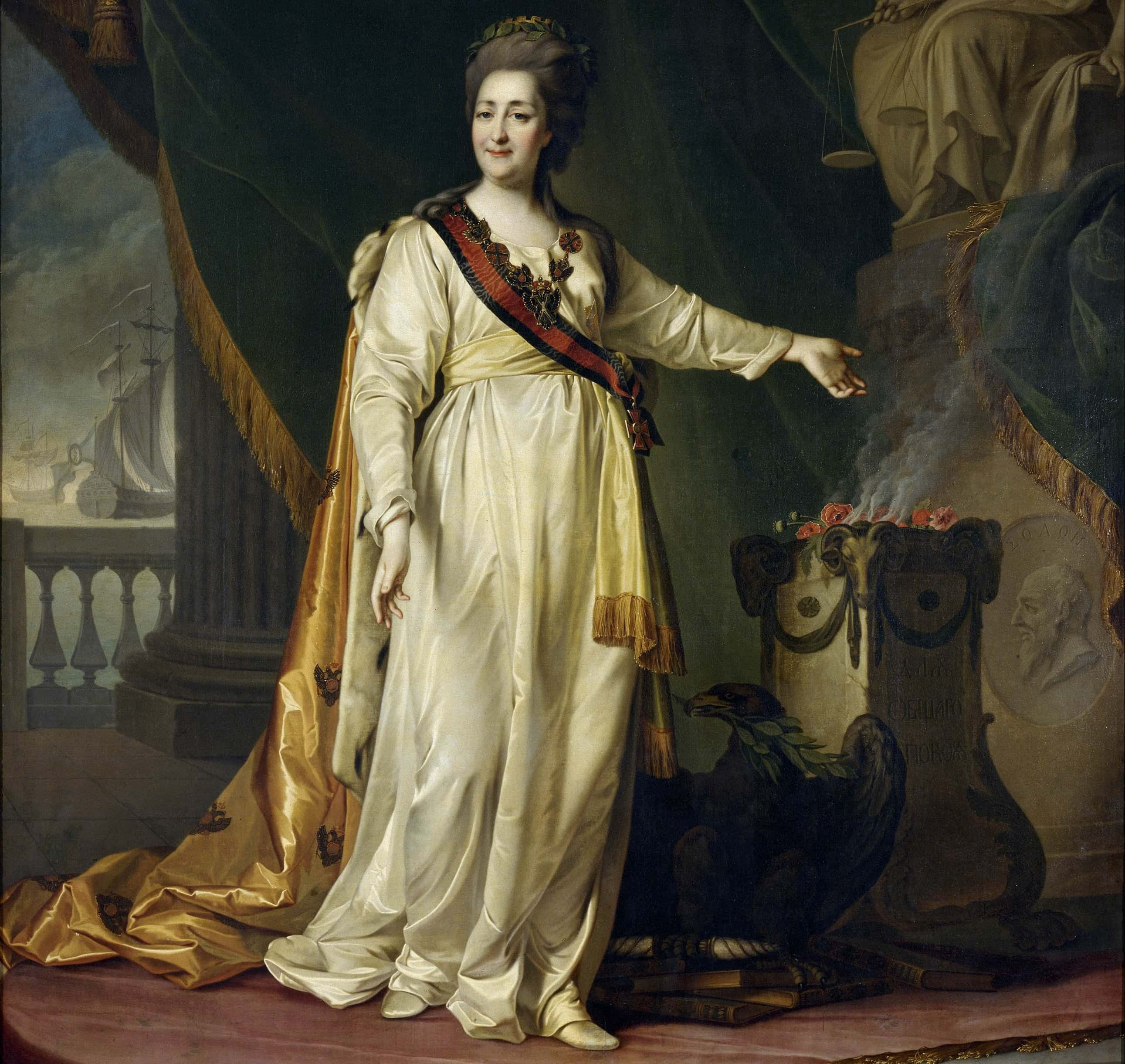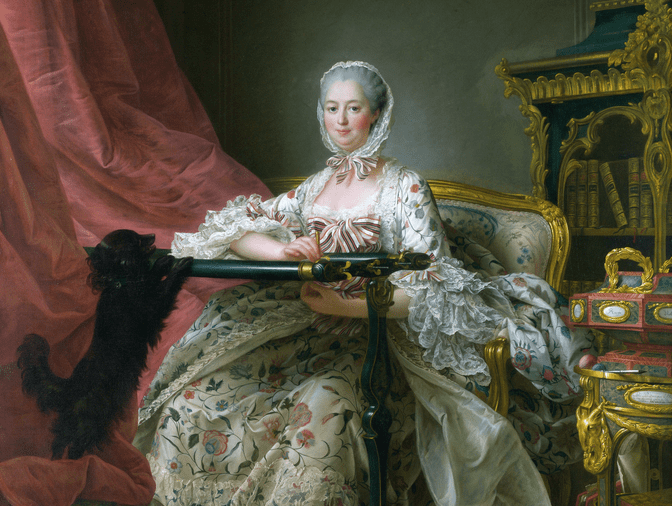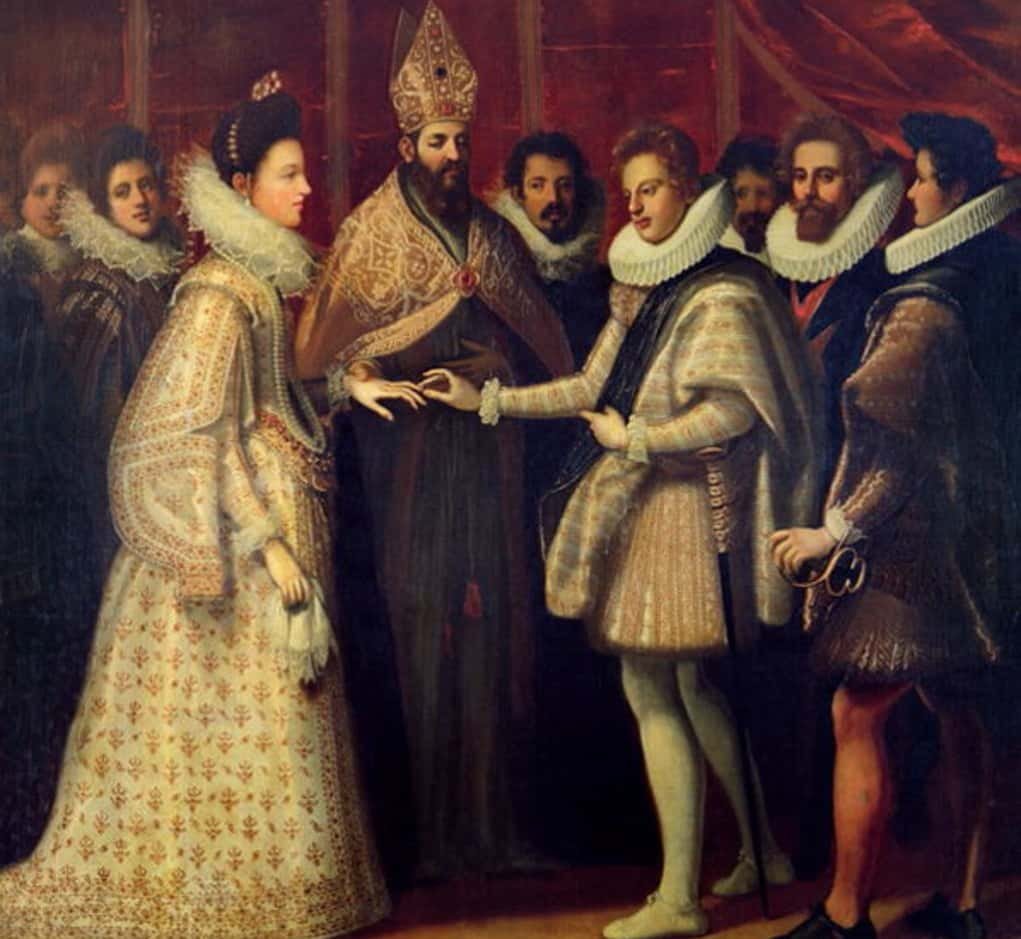They say that history is the story of the great men and women who shaped the world around them—but not all of them were particularly nice about it.
Facts About History's Scandalous Figures
1. Corrupt Gladiator
Emperor Commodus of Rome was not particularly beloved by his own people. Still, he attempted to play nice inside the public arena, but in his private fights, he wasn’t so nice. He ordered wounded soldiers and ordinary cripples into the arena to be slain, and he slaughtered exotic animals—much to the horror of the Romans.
Predictably, his outlandish behavior was too brutal even for Rome, and he was eventually assassinated.
2. Museum of Mummies
Ferdinand I of Naples governed by oppression, which led to a revolt amongst the nobility. He had zero compassion for his defeated enemies, and after falsely promising them amnesty, he had them murdered instead. After their murders, he would have them mummified and added to his museum of mummies, dressed in their clothes.
If he thought anyone was plotting against him, he’d simply take them on a casual tour of the museum, which was totally morbid, but effective!
3. Diplomatic Immunity
Mithridates VI, the paranoid ruler of Pontus (in modern-day Turkey), sought to immunize himself from all manner of poisons by gradually taking larger and larger doses every day. In the final days of his reign, with his subjects rebelling and the Roman army at his door, Mithridates realized his only way out was suicide.
Mithridates and his two daughters ingested a strong poison; the girls fell dead instantly, but Mithridates was left to beg his bodyguard to kill him.
 Wikimedia Commons, Carole Raddato
Wikimedia Commons, Carole Raddato
4. Acting Out
Korea's King Yeongjo was a beloved monarch. He ruled a prosperous Korea for over half a century—but his reign was tarnished by a single, horrific act that nobody could ever forget. His son Prince Sado, to whom he'd always been cruel, lost his mind and became a sociopathic killer. He would beat people at random, kill servants on a whim, and assault ladies who happened to be too close when his rage piqued.
Eventually, Yeongjo needed to step in, and he had his own son executed. That's bad enough, but since it was technically against the law to spoil a royal body, he needed to come up with a new method of execution. So, he had his son locked in a rice chest, where Sado slowly starved to death over the course of seven days. This gruesome saga remains one of the most infamous moments in Korean history.
 The Throne, Showbox Entertainment
The Throne, Showbox Entertainment
5. “Stretch” Was Already Taken
Among all the English monarchs with nicknames, King Edward Longshanks stands out as particularly odd. Why did he get the moniker? The answer is simpler than you'd think: the man was tall. At 6'2", he was one of the tallest kings in English history.
6. Not Until I’ve Had My Fun!
In 1304, during one of his military campaigns in Scotland, Longshanks laid siege to Stirling Castle, which lay very close to the location of William Wallace’s surprising 1297 victory. For three months, Edward battered at the castle with trebuchets that he’d brought north at great expense. When the defenders offered to surrender after those three months, Edward actually refused!
The reason why is because he’d just set up a brand-new trebuchet that he called the Warwolf, and he wanted to demonstrate its power. Edward wouldn’t accept the surrender until an extra day of bombardment.
7. Be Ruthless
After the death of William Wallace, King Robert the Bruce took up the role of leader of the rebellion against King Edward. Unfortunately for Robert’s family, they became a target for Edward’s wrath. Robert's younger brother, Neil, was drawn and quartered by Edward’s forces. Meanwhile, Bruce’s sister Mary and his ally, Isabella MacDuff, were left suspended in cages for four years!
8. A Feud to Make Titus Andronicus Blush
Aside from his legendary defeats in Greece, an alleged low point for Emperor Xerxes of Persia, at least on a personal level, was the problem concerning his affairs. A devoted womanizer, Xerxes began an affair with his niece, Artaynte. According to Herodotus, when Xerxes’s wife heard of the affair, she ordered Artaynte’s mother to be brutally mutilated in revenge (we’ll spare you the gruesome details).
When Xerxes’s brother understandably went on the warpath, Xerxes killed said brother, his nephews, and every man who rallied to their cause.
9. He Seems Like a Reasonable Guy!
It's commonly believed that Xerxes invaded Greece in order to enslave the free people who lived there—but history tells a different story. Xerxes’s grandfather, Cyrus the Great, established a complete abolition of slavery within the Persian Empire. Xerxes didn’t break from gramps’ precedent, either. In his kingdom, slaves weren’t allowed, and all people had specific inalienable rights.
Meanwhile, Spartan society was built on the backs of their slaves, known as Helots, and they themselves brought many slaves to the Battle of Thermopylae.

Sign up to our newsletter.
History’s most fascinating stories and darkest secrets, delivered to your inbox daily. Making distraction rewarding since 2017.
10. I Smell a Crown in Your Future
A large man in both personality and stature, King Francis I of France was also known for his “big” personal parts. That’s right: his nose. One of his many nicknames was “François du Grand Nez” or "Francis of the Large Nose.” It’s not the most creative name, but at least it was accurate.
11. Sip on This
According to lore, the Italian soup “Zuppa alla Pavese,” consisting of fried bread and poached eggs in broth, was invented after the Battle of Pavia to feed a captive King Francis. The battle had gone disastrously for the French, and it ended with their king in the hands of Charles V, Holy Roman Emperor's forces. Apparently, even in a hostage situation, a royal is entitled to comforts.
Francis would be held as a prisoner of war for almost a year before securing his release by giving up his own sons as hostages.
12. I’m Pretty on the Outside
Francis passed away on March 31, 1547, after a severe fever. When doctors cut open his body, they discovered “an abscess in the stomach, his kidneys shriveled, his entrails putrefied, his throat corroded, and one of his lungs in shreds.” On the day of his death, he was allegedly complaining "about the weight of a crown that he had first perceived as a gift from God."
13. Master of Disguise
The Chevalier D’Éon was among the most successful spies of his day. A French nobleman in the service of Louis XV, the Chevalier frequently crossed the border into Russia by disguising himself as a woman. The master spy even managed to land a job as a maid of honor to Russia's Empress Elizabeth.
14. What Are The Odds?
Or was he? Around Europe, rumors began to circulate that, not only had the Chevalier disguised himself as a woman, but had in fact been a woman the entire time, and only disguised himself as a man to become a spy. Speculation—and confusion—on the subject became so great that the London Stock Exchange began taking odds on the Chevalier’s true gender.
15. Homecoming Queen
By this point, the Chevalier had been forced into exile from France due to a number of personal conflicts and indiscretions. Desperate to return home, the Chevalier realized the best bet was to come clean and plead for mercy as a woman. The Chevalier put the dress back on and returned to France, living as a woman until death.
16. Mystery Solved
At the autopsy, doctors discovered that the Chevalier “had male organs in every respect,” but also strong feminine characteristics. Modern investigators presume the Chevalier had been born intersex.
17. Devious Dad
John D. Rockefeller eventually became (arguably) the richest man in history, but most people don't realize that his father was a sleazy conman. William Avery Rockefeller was known by the nicknames “Big Bill” and “Devil Bill.” He made his living with a number of different jobs, including the title of “botanic physician.” If you’re wondering what a botanic physician was, it involved William selling “elixirs” which were believed to cures all kinds of illnesses, including cancer.
As you can imagine, William had a shady reputation as a conman and philanderer.
18. Mother Knows Best
In contrast to his wily and chaotic father, Rockefeller’s mother was a devout woman who tried to give her children a stable upbringing. In addition to William’s erratic working habits, she also had to put up with the fact that William had a double life which included a second wife!
19. The Hunt for Gossip
John D. Rockefeller managed to keep his father's bigamist ways a secret for many years. In fact, before this was public knowledge, people tried to uncover this “family secret,” even as Rockefeller himself was uninterested in indulging the story-seekers. No less a figure than Joseph Pulitzer (yes, that Joseph Pulitzer) offered $8,000 for any information on William that could be discovered.
20. Clever with Cash
One thing which Rockefeller’s parents did agree on was that their children needed to be smart with money. Rockefeller’s mother was known as a penny-pincher who taught her children never to waste money. Rockefeller’s father, meanwhile, would brag that he cruelly conned his own children regularly, saying, "I cheat my boys every chance I get. I want to make 'em sharp."
Sounds like great parenting!
21. Feast of the Chestnuts
Before Cesare Borgia’s wild lifestyle caught up with him, leaving him ravaged by syphilis, he was known to have sensual parties at the Vatican, where guests would be encouraged to make use of the “fifty honest prostitutes” who had been invited. The Banquet of Chestnuts, as it was known, was a massive feast and sexual marathon that took place in October 1501.
The pope himself was said to be in attendance, and prizes were given to those who could "perform the act most often with the courtesans."
22. Royal Suds
Charles V, Holy Roman Emperor, was one of the most powerful men in history. The term "the sun never sets on the British Empire" was actually borrowed from the days of Charles, when his domain was called "the empire on which the sun never sets." In addition to his unrivaled power, Charles was also famous for preferring beer to wine. This aspect of his life would go on to inspire a fitting tribute.
To this day, several Belgian breweries have named special brews of beer after Charles. These include the Haacht Brewery’s Charles Quint and Het Anker Brewery’s Gouden Carolus.
23. Hardy Har Har!
Being a ruler of several nations, Charles spoke several languages. These included French, Dutch, and Castilian Spanish. Charles was famously known for his witty quip, "I speak Spanish to God, Italian to women, French to men, and German to my horse." Maybe he missed his calling as a comedian?
24. No Roughhousing!!
Alexei Romanov, heir to Tsar Nicholas II of Russia, suffered from hemophilia, which is believed to have been inherited from his grandmother, Queen Victoria of England. Because of his condition, he was forbidden by his family to play too roughly in case he was seriously injured. He wasn’t even allowed to ride a bicycle in case something happened (which, to be fair, you all had at least five bike-related incidents in your life, be honest).
Despite (or perhaps because of) the seriousness of Alexei’s condition, it became a state secret which was kept from almost everyone.
25. Prisoner
Following the Februrary Revolution of 1917, Alexei and the rest of his family were held captive by the Bolsheviks at Tobolsk in Siberia. One day Alexei rode a sled down the stairs of his prison, severely injuring himself. Some even historians even suggest that Alexei took to injuring himself on purpose. He would spend the rest of his short life in a wheelchair.
26. Cruel Way to Go
As many historians tell it, however, the whole Romanov family was killed in the cellar of Ipatiev House in Yekaterinburg. According to contemporary reports, their execution was violent and messy. The family was woken from their beds, brought to the cellar, and lined up as if to have their portrait taken—only to have a firing squad of men come into the room and gun them down.
However, the assassins were unknowingly impeded by the jewels which were in Alexei’s and his sibling's shirts. At the end of it all, anyone who was still breathing was attacked again. While I’m sure it felt longer to the Romanovs, the entire event lasted only about 20 minutes.
27. Honestly, This Way Is Just as Bad!
However, it's still not known for certain how exactly Alexei, along with his sisters, were executed. Based on the condition of the skeletons found, a rather chilling theory is that while Nicholas II was proven to have been shot to death, his children were doused with acid and burned, possibly while they were still alive.
28. War Is Hell
The Duke of Wellington was known as one of England’s fiercest and most proficient military men, but he did not love war. After the Battle of Waterloo, he is said to have wept while reading the list of the dead. Wellington later said, “Believe me that nothing, excepting a battle lost, can be half so melancholy as a battle won.”
29. Stiff Upper Lip
Wellington was careful to hide his emotions on the battlefield, however. So the story goes, when a British Field Marshall named Lord Uxbridge had his leg destroyed by a cannonball, he cried out, “By God, Sir! I’ve lost my leg,” and Wellington calmly replied, “By God, Sir! So you have.”
30. Stop Snitching
When news broke that Harriette Wilson, the Duke's secret mistress, was planning to publish her memoirs, Wellington received a letter from her publisher, offering to leave his name out of it (for a small fee, of course). Wellington’s reply was “Publish and be damned!”
31. Riding The Coach
Though he developed a reputation as a stern disciplinarian, Wellington could be surprisingly wild among his friends. One mistress disclosed that Wellington had a favorite party game: he and another officer would put on horse harnesses and drag ladies around their manor in a wild race. They called this game “Riding the Coach.”
32. Ultimate Revenge
Though Oliver Cromwell died peacefully, his enemies did everything to make sure he suffered in death. For his part in overthrowing the English Monarchy and the execution of King Charles I, Cromwell was subjected to a posthumous execution on January 30, 1661, which was the 12th anniversary of Charles’ execution. His body (as well as other commanders involved with the execution) was dug up, hanged in chains at Tyburn, London, and thrown into a pit for good measure.
As if that wasn’t enough to get the message across, they also displayed his severed head on a pole outside of Westminster Hall until 1685.
33. Totally Unfit
Queen Victoria never really had any faith at all in her son Edward’s ability to rule, and basically thought he was an incompetent twit. She refused to allow him to take an active role in running the country and only allowed him to show up at public events as her representative. When he asked to see cabinet papers, she refused, telling the Foreign Secretary he was too lazy and indiscreet to bother showing them to him. She wouldn’t even let him make speeches.
With no responsibilities, a ton of free time and nearly endless resources, he found many undesirable ways to occupy his time.
34. 19-Year-Old Virgin
Edward was 19 years old when he went off to serve a ten-week tour with the Grenadier Guards at Curragh Camp near Dublin. His fellow officers figured it was more than time for him to pop his cherry, and they arranged for a young Irish actress by the name of Nellie Clifden, who was quite happy to oblige and give him his first taste of the joys of intercourse.
35. Double the Fun
As he grew older, Edward's love of sex only grew. Case in point: the Love Chair, or Siege d'Amour, as it was called in French. Created by the French furniture manufacturer Soubrier, the chair was designed to allow the king to have sex with two women at the same time.
36. Bathing in Champagne
One of Edward’s favorite indulgences was to frequent the Parisian Brothel La Chabanais. He had his own room fitted with a copper bathtub decorated with half-swan-half-women, among other things. He quite enjoyed filling it with champagne and bathing in it with prostitutes. As one does.
37. Antithesis of Healthy Living
In addition to a large sexual appetite, Edward also had an appetite for food, drink, and smoking. He would eat five meals of ten or more courses a day and smoked 12 cigars and 20 cigarettes a day. By the time he reached middle-age, his waist was 48 inches, or basically a double XL. Definitely not a recipe for long life!
38. Otherwise Known As…
Edward had a few different nicknames that suited his personality. To his family, he was known as "Bertie," a play on his first name Albert. Thanks to his numerous sexual dalliances, he also became known as "Dirty Bertie" and "Edward the Caresser." To his friends, Edward was known as "Tum Tum," so bestowed because of his plus-sized waistline.
39. Uncle of Europe
To the surprise of many, "Dirty Bertie" (now King Edward VII) turned out to live up to the role he was born for, and he became known as the Uncle of Europe. His fluency in French and German proved to be an asset, and he helped negotiate the Entente Cordiale in 1904. The agreement ended the animosity between France and England that was created through France’s support of the British Colonies rebelling against Britain.
It allowed the countries to unite against Germany and protect each other in case of war. Victoria would have been shocked!
40. Book Burner
During his reign, Emperor Qin Shi Huang of China achieved unification by destroying the country’s education system and basically working his subjects until they dropped. In a move straight out of 1984, he followed principals that included speaking in opposites, issuing orders that made no sense, and behaving in contraries. He also distrusted anyone with an education and not only burned books but buried several hundred scholars alive.
Everything he thought he accomplished fell apart less than a decade after his death, so he wasn’t nearly as smart as he thought.
41. I’d Give My Right Arm, and I Did!
By 1797, Horatio Nelson had been promoted to Rear Admiral of the Blue, and he was heavily involved in taking the war to the Spanish, who were allied with France at the time. Nelson would suffer several near misses during the fighting, but the worst injury he sustained was during the Battle of Santa Cruz de Tenerife.
Nelson personally led his forces in an amphibious landing against fortifications on shore. However, the attack failed, and Nelson was struck in the arm by a musket ball. He was immediately taken back to his ship, where the surgeon amputated most of what remained of his arm. Not one to lose his head under pressure, Nelson supposedly declared “the sooner it is off, the better” and went right back to active duty once the operation was completed!
42. The Victory of Victories
On the 21st of October 1805, off the Spanish coast of Cape Trafalgar, thirty-three French and Spanish ships faced off against twenty-seven British ships led by Nelson. Famously, Nelson defied conventional battle tactics by leading his ships in two columns against their enemies’ line of ships. While the initial charge forward made the British ships vulnerable to cannon fire, the strategy was so successful that the British didn’t lose a single ship in the battle, while the combined Franco-Spanish fleet lost twenty-two!
The decisive victory at the Battle of Trafalgar cemented British dominance of the seas.
43. Heartbreaker
Horatio Nelson is hailed as a British hero, but he could be a remarkably heartless man in private. In 1798, he began an affair with the married Emma, Lady Hamilton. To make matters worse, Nelson became deeply estranged from his wife, Frances. For her part, Frances sent her husband letters urging him to stop this betrayal of their love, all of which were returned unopened.
Nelson would live separately from Frances from 1800 until his death, all while she refused to give up on him.
44. After the War
After betraying his country, Benedict Arnold spent the rest of his life jumping from one failure to another. His status as a turncoat didn’t gain him popularity in Britain, and he spent a portion of his time in the British colony of New Brunswick (later a Canadian province). However, his business ventures there failed so spectacularly that his neighbors burned an effigy of him outside his house!
By 1791, Arnold and his family were back in Britain, where he attempted to reverse his failing fortunes by setting up a privateering ship for the West Indies. This too failed so badly that Arnold was nearly caught by the French and hanged as a spy before he managed to escape and return to Britain.
45. Talk About a Psychopath!
In 1461, during the Wars of the Roses, Henry VI was held prisoner by the York forces, watched over by two knights. These two knights were captured after a key battle. Though Henry VI had promised to spare their lives, his wife, the ruthless Margaret of Anjou, overruled him and asked their son, a child, to decide how the two knights would die.
Plot twist: these knights were also his cousins. When young Edward chose decapitation—all while his relatives begged for their lives—Margaret went ahead with the executions. Some debate whether this incident happened in this manner, but whether it did or not, it has always been used as a prime example of Margaret’s ruthlessness during the Wars of the Roses.
46. That’s Gonna Hurt in the Morning!
When the future King Henry V was 16 years old, he fought alongside his father at the Battle of Shrewsbury in 1403. Father and son were fighting the forces of Henry “Hotspur” Percy, presumably because they felt there were way too many men named Henry running around. During the battle, Henry was nearly killed when he took an arrow to the face!
His wound was so grievous that the royal physician had to craft a whole new tool to extract the arrow without further injuring the prince. Henry would live with the scars for the rest of his life, and undoubtedly one of the best stories that anyone would be able to tell!
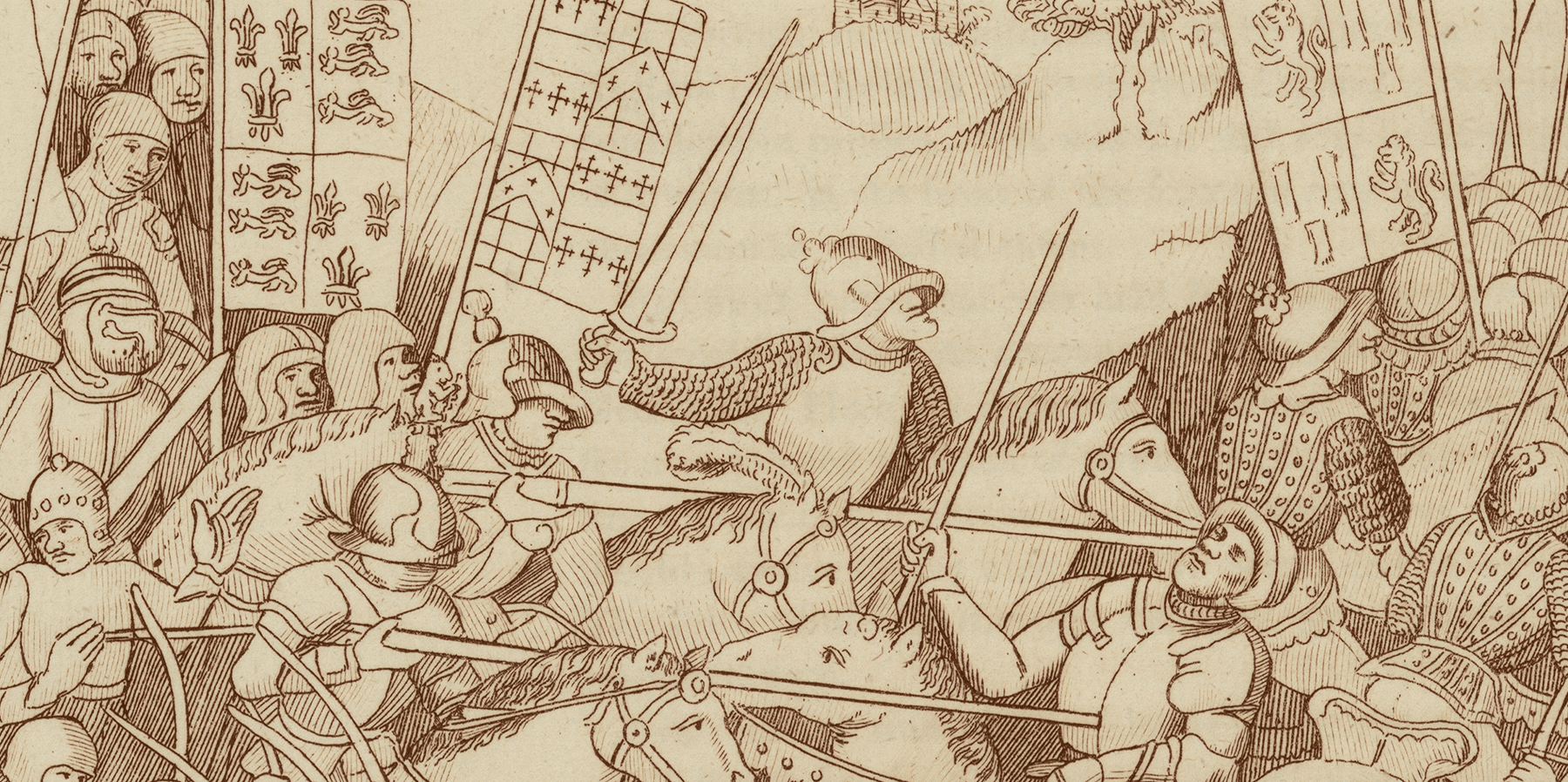 Wikipédia
Wikipédia
47. A Rose by Any Other Name
There was a reason that Vlad III Dracula earned the moniker Vlad the Impaler—he had a tendency to impale things! People, to be exact. Even more specifically, soldiers of the Ottoman Empire. Revered by his compatriots in Walachia, in modern-day Romania, Vlad was nonetheless a rather cruel and brutal military leader. He was known to disembowel, skin, and even boil his prisoners alive.
Folklore even claims that he would dine with impaled bodies, using the blood of his enemies as oil for his bread. Talk about blood pudding!
48. Teen Tyrant
Murad IV, Sultan of the Ottoman Empire, was born during a particularly violent period for his kingdom. Being under perpetual attack can be stressful even for the most seasoned leader, but Murad took it all in stride and did as the Romans do, using the violence to his advantage. During his reign, he killed his siblings, banned smoking and coffee (making their use punishable by death), and made sure to hang or impale anyone who defied him—and that was just for starters.
He had his corrupt advisors strangled to death in his presence, executed a bunch of high ranking military officials, and he had the head of the Islamic Supreme court assassinated. All in all, he was one scary dude that you were better off not to mess with!
49. Civil Service
Wilmer McLean’s farm was the site of the Battle of Bull Run, one of the first real battles of the American Civil War. Fearing for their safety, McLean moved his family 120 miles south, to Appomattox, Virginia. Years later, McLean’s Appomattox home would provide the venue for the Confederate surrender, prompting McLean to say, “the war began in my front yard and ended in my front parlor.”
50. Mad for Vengeance
Charles VI of France’s first recorded incident of mental illness happened in 1392. A friend of his, Olivier de Clisson, was nearly murdered, but escaped with his life. However, Charles was insistent on raiding Brittany, where the would-be murderer was being sheltered. Seemingly in the grips of a fever, Charles was furious at the slow pace of the military expedition he was leading.
One day during the trip a spear accidentally clanged loudly against someone’s helmet, which caused Charles to draw his sword, scream that he was being betrayed, and attack his own company. He was ultimately subdued (and fell into a faint) but not before he’d killed several men. It's no wonder he came to be known as Charles the Mad.
51. Renaissance Man
Sir Walter Raleigh was not lacking careers during his life. Amongst his professions, Raleigh could count landed gentleman, politician, courtier, explorer, spy, soldier, poet, and writer. Between his conquests and battles in Ireland and across the Atlantic, Raleigh managed to write The History of the World—no small feat!
52. New World Order
Given his expertise a soldier and commander, Raleigh was a natural choice to lead the first British expedition tasked with setting up a permanent colony in the “New World.” When his expedition reached the shores of Roanoke Island, in the Outer Banks of what is today North Carolina, Raleigh called the land Virginia, after the Virgin Queen Elizabeth I.
 Elizabeth: The Golden Age, Universal Pictures
Elizabeth: The Golden Age, Universal Pictures
53. Delegating the Work
Sir Walter Raleigh never visited Roanoke, the colony he ostensibly founded. Instead, he sent his good friend John White to act as governor. Perhaps Raleigh saw what was in store for the colonists... Between the harsh winters and their fighting with Native American tribes, the colony quickly disappeared. At one point, White left Roanoke to sail to England, and when he returned, the entire colony had simply vanished, with the only clue being the word "Croatoan" carved into a post.
The mystery of the Lost Colony of Roanoke continues to puzzle historians even today.
54. No Safe Haven
Decades before his grandson Henry VIII was out upsetting the Catholic Church, his grandfather Edward IV made a holy faux-pas after the Battle of Tewkesbury. Edward famously yanked Lancastrian survivors out of religious sanctuary and executed them in flagrant disregard for typical Church protocol for asylum-seekers.
To be fair, the abbey in which Lancastrians sought refuge was not an “official” abbey. Nevertheless, the king did attend prayers there and buried the late Prince Edward of Westminster in honor at the church…two days before pulling survivors out of the abbey for show trials and summary executions.
55. Lost in the Sauce for Good
Edward also had his brother George “privately” executed for treason. It’s rumored George was drowned in a butt of Malmsey wine. Did privacy make it any less painful?
56. Pops Stays with Me
After seizing the throne from King Henry VI, Edward imprisoned the mentally frail ex-ruler rather than execute him outright. Henry’s son and heir, Edward of Westminster, was still at large. It’s a bad strategy to make a free man king when you could keep the current one in your control—especially when the one in your custody is as incapable as Henry VI.
57. Could He Wrinkle His Nose?
Due to his facial deformities and general poor health, people across Spain had a nickname for their King Charles II. Behind his back, he was known as “El Hechizado.” The English translation for “El Hechizado” is "the Bewitched.” Poor guy…but also, spooky.
58. Lip Service
The most notable facial deformity of Charles II was an extremely pronounced underbite, which has since been called the Habsburg lip due to its prominence in the Habsburg dynasty of European monarchs. His underbite was so severe that for the longest time Charles had difficulty learning to talk. All his life he remained fairly silent and ate little because deformed jaw caused him so many troubles.
59. Water on the Brain… Operation!
Rumors ran wild about Charles II during his lifetime, and this wasn’t about to stop once he had died. The doctor who performed the autopsy on Charles’ body cashed in on this trend some years later. He proclaimed that when he opened up El Hechizado, his body didn’t have any blood in it, his only testicle was shriveled and “black as coal,” his intestines were rotted away, and his head was full of water.
Sounds like Guillermo del Toro’s next movie.
60. These Boots Were Made for Chaos
Perhaps one of the reasons that Gaius Caligula was so extravagant with his use of power was due to his feelings of inferiority under the shadow of his father, the legendary general Germanicus. “Caligula” was a nickname that meant “little soldier’s boots.” His real name was Gaius Caesar. The insult was quite clear, and so it seems natural that once he was Emperor, Caligula was taken to the corrupting forces of power.
61. Laughter of a Madman
Caligula was notorious for his leadership of the Roman Empire. He brought Rome the brink of revolution by wastefully spending and killing anyone who stood in his way. He even deemed himself God and had a statue of himself erected for people to worship. Caligula also had a malevolent sense of humor. Once at a dinner party, he reportedly burst into raucous laughter.
When asked to explain the reason for his mirth, he replied, “I’ve just thought that I’ve only to give the word and you’ll all have your throats cut.” Hilarious, right?!
62. Watch Out for Brain Freeze!
Despite the fact that he never drank, Wyatt Earp wasn’t without his vices: He allegedly had a serious sweet tooth, particularly for ice cream. Luckily for him, there was a parlor which sold ice cream in Tombstone, and he was said to have visited nearly every day. We wish that part of him was put in the movies more often!
63. You Won’t Be Arresting Anyone Today!
When Wyatt Earp and his allies prepared to go after the members of the Cochise County Cowboys, they all faced arrest warrants concerning the killing of Frank Stilwell. Johnny Behan, the Cochise Country Sheriff tried to confront Earp when he and the others were in the Cosmopolitan Hotel in Tombstone, just about to head out.
Despite having brought men to arrest Earp, Behan quailed in the face of his rival. When Behan insisted that he wanted to see Earp, Earp brushed past, declaring, “Johnny, if you’re not careful, you’ll see me once too often.” We can only assume that Earp’s companions called out “Oh snap!” as they walked past as well.
64. Heads Up!
King Louis XVI requested proposals for a more humane method of execution than the customary (and horrific) “breaking wheel.” Being an amateur locksmith, he even recommended some refinements to the winning invention, the Guillotine. Louis himself would enjoy the benefits of his refinements just one year later.
65. A Pox on You!
During his trial, legendary Australian Bushranger Ned Kelly mad a grim promise to his judge, Sir Redmond Barry. He swore that they would see each other again after death. Hauntingly, Barry would follow Kelly into the grave less than two weeks after the latter’s execution. While the cause of death was reported to be “a combination of pneumonia and septicemia from an untreated carbuncle,” there were some who embellished the story to describe Kelly successfully cursing his judge to die a painful death.
66. I Bring You Love
In the early days of the Wars of the Roses, the feeble King Henry VI opted for “Love” over “War.” In fact, he declared 25 March 1548 to be “Love Day.” For real. The celebrations forced the combatants from both sides of the war—the Yorkists and the Lancastrians—to literally hold hands and walk in pilgrimage with each other to St. Paul’s Cathedral.
Naturally, the handholding didn’t last more than a day; all parties promptly (and I bet rather awkwardly) returned to the business of trying to overthrow their kin pretty fast. If every civil conflict could be solved with TLC, the world would be a better place…
67. An Illness of One’s Own
It’s been speculated Henry suffered from schizophrenia. Certainly, he had the genetic disposition for it; his mother’s father, Charles VI of France, spent the last thirty years of his life with periodic bouts of instability and hallucinations. However, others have noted that Charles manifested very distinct symptoms from Henry, so no one can say for sure.
68. I Wanna Hold Your Hand
Henry VI's inabilty to rule crippled the Lancastrian cause in the Wars of the Roses. He lost his throne in 1461, and while his forces eventually reclaimed it for him in 1470, his mind was almost completely gone by that point. It’s said that on the day of his "triumphant" return to London, he had to be led through the city by the hand like a child.
He would remain on the throne for just over six months before losing it for good in 1471.
69. Sticks and Stones May Break My Bones, But So Can Cousins
Henry VI's “official” death took place on 21 May 1471 by the cause of “melancholy.” Reportedly, he learned of his son’s death and fell into a devasting and irreparable grief. However, it was also widely rumored that the king was murdered on Edward IV’s orders. Centuries after his death, Henry’s corpse was dug up. His light hair was covered in blood and he had damage to his skull.
This strongly suggests his death was perhaps less “melancholic” and more “murder-y.”
70. Terrible Leader
Ivan IV, the first Tsar of Russia, could be forgiven for being paranoid about political conspiracies, given that his mother was poisoned by colluding factions within the kingdom when he was a child. But the pressures definitely got to him by his later life and he became known as a capricious and brutal leader. Reportedly, when he took control of Novgorod, he had the archbishop of the city dress in the skin of the bear. He was then set free into the woods and chased by Ivan’s hounds.
No wonder they called him Ivan the Terrible!
71. The Name Speaks for Itself
Ivan became even more terrible after the death of his wife. He would violently lash out at those around him, even his own family. One day, he struck his pregnant daughter-in-law because he didn't like what she was wearing. The blow was so vicious that it caused her to have a miscarriage. His son, Tsarevich Ivan Ivanovich, was understandably furious and confronted the Tsar.
The argument escalated until, in a fit of rage, Ivan hit his son on the temple with his scepter, killing him.
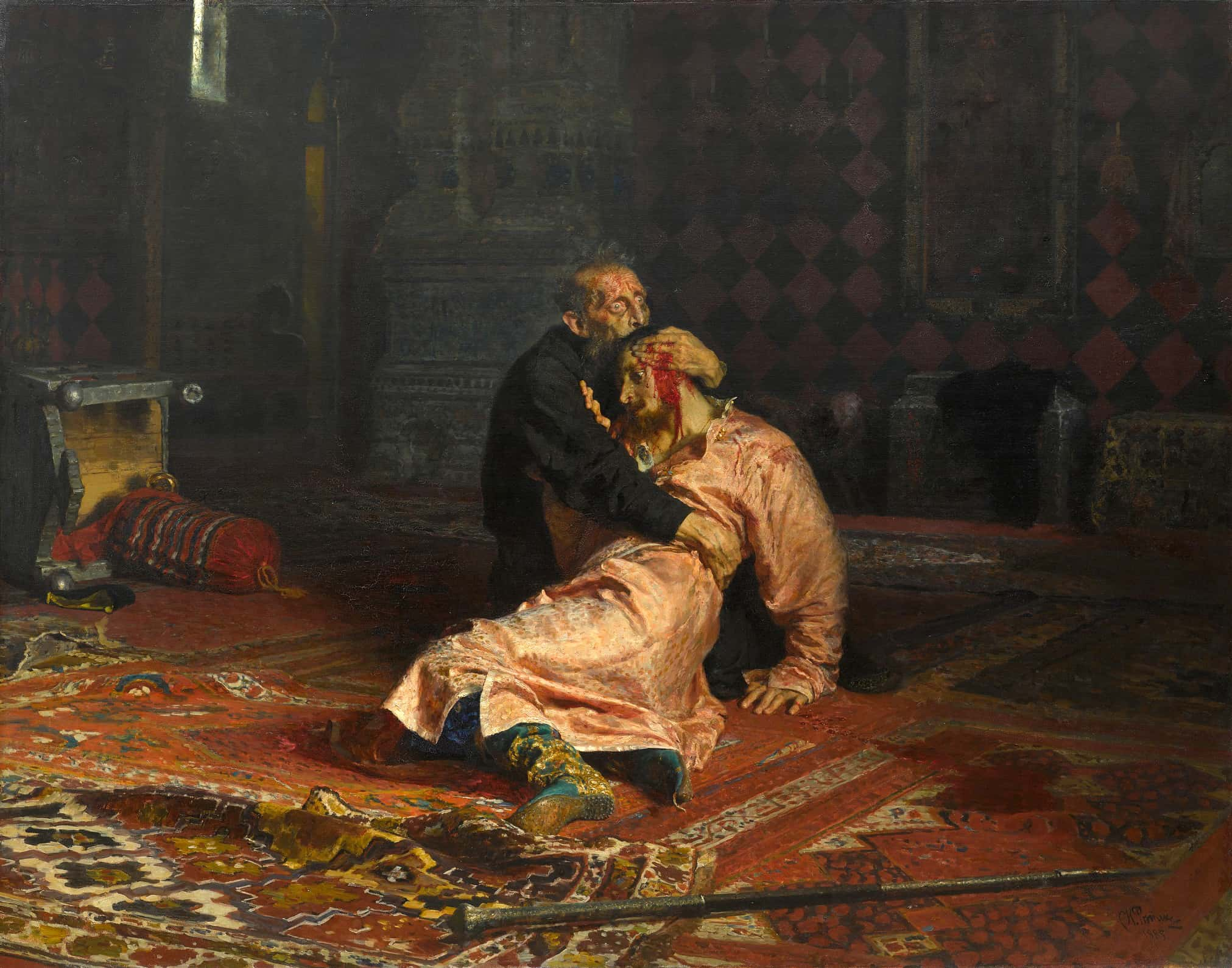 Wikimedia Commons
Wikimedia Commons
72. Is the Pope a Catholic?
Pope Alexander VI is a perfect example of a particular type of Pope at work in the medieval and renaissance eras. He was best known for a few things: he confirmed the rights to the “New World” to his native Spanish Crown, he was more interested in drinking and debauchery than spirituality and wisdom, and he had several children with several different mistresses.
He became known as a louse, a libertine, and absolutely corrupt.
73. The Bloody Countess
Countess Elizabeth Báthory of Hungary was nicknamed the Bloody Countess for being the world’s worst female serial killer. She was believed to have bathed in the blood of the hundreds of servant girls she tortured and killed, and was reputed to be a vampire, a lesbian, and a witch. She got away with it for so long because of her immense wealth—even the king owed her money.
In 1610, Báthory was arrested along with her favorite servants and intimates, who were thought to be accomplices to her crimes. Most of them were put to death, but because of her family’s social standing, Báthory herself couldn’t be executed. Instead, she was locked up in a room with walled up windows inside Čachtice Castle where she remained until her death in 1614.
74. Dipped in Honey
King Herod the Great is definitely not remembered as much for his greatness as for being the evil King who wanted to slaughter the baby Jesus in Christian tales. Another tale of his brutality? After accusing his wife of adultery and having her executed, King Herod had her body preserved in honey and continued to perform disturbing acts with it for years afterward.
Following a reign of 37 years, he died a terribly painful death from a disease that rotted his body and gave him worms. Kind of poetic, really.
75. Grammar Burn
Flavius Romulus Augustus has often been called the “last Western Roman emperor” because he lost his throne to Odoacer of the barbaric (ie. not Roman) Goths. Such was the malign that Augustus received from his fellow countrymen for his ineptitude that they even started calling him Momyllus Augustulus. “Momyllus” meant “little disgrace,” and the change from Augustus to Augustulus grammatically signaled the diminutive form—basically he was “the little disgrace Augustus.”
76. I Spy
In the mid-20th century, Juan Pujol Garcia was a man with no military experience, no useful skills, and no knowledge of the English language. Despite these handicaps, for reasons we may never fully understand, Garcia applied four times to be a spy for the British government during WWII. He was, understandably, turned away each time.
Finally taking the hint, Garcia was left with no choice but become a spy anyway.
77. Foreign Correspondent
Garcia managed to persuade high ranking Nazi officials that he was a Spanish diplomat who often traveled to London on business (again, Garcia could not speak English). From his post in Lisbon, Garcia sent reports on British comings and goings, cobbled together from commonly available news sources and tourist brochures.
Not only did these satisfy the Nazis, they also terrified the British who, upon intercepting some of Garcia’s reports, legitimately believed a spy was in their midst.
78. Imaginary Friends
Garcia soon realized he could not single-handedly provide the Nazis with all the information they needed, so he invented an international spy network of seven agents. These agents had their own sub-agents, and so on, until the "network" comprised 27 fictional informants. Garcia even went so far as to run an obituary in a British newspaper when one of his spies “died.”
To help support this fictitious network, the Nazi government was paying Garcia $340,000 a year at one point (close to $6 million today).
79. And For My Final Trick…
But Garcia did not stop there. By now, the British government had gotten wise to Garcia’s work, and filled him in on their next big move: Operation Overlord. Garcia got straight to work. First, he invented an entire division of the US Army, led by General Patton himself. Then he recorded some convincing fake radio chatter. Finally, he rented some tanks. Inflatable ones.
Garcia managed to convince the Nazis that the Allied invasion of France was set to take place at Pas-de-Calais and that the so-called "Normandy Invasion" was just a diversion. The Nazis, anticipating an attack at the Straits of Dover, were left shorthanded at Normandy when the Allies arrived on D-Day.
80. Story’s Over
In 1949, fearing reprisal from Nazi sympathizers, Garcia faked his own death. He spent the rest of his years living as an anonymous bookstore owner in Venezuela.
81. Respect from Enemies
Captain Cook’s incredible voyages made him a pretty well known and respected figure, even amongst the Americans who were fighting for independence from the British. During the American Revolutionary War, Benjamin Franklin told the captains of warships that they should not engage with Cook. He instructed the captains that should they encounter Cook’s ship they should:
“Not consider her an enemy, nor suffer any plunder to be made of the effects contained in her, nor obstruct her immediate return to England by detaining her or sending her into any other part of Europe or to America; but that you treat the said Captain Cook and his people with all civility and kindness...as common friends to mankind."
82. Seeking the Northwest Passage
Cook embarked on his third and final voyage in 1776. He would once again be commanding the HMS Resolution and was joined on the expedition by Captain Charles Clerke, who would oversee the HMS Discovery. The voyage was formally announced as a mission to return Omai back to Tahiti. That, however, was all a cover.
In reality, the voyage's secret goal was to explore the highly sought out and strategic Northwest Passage around the Americas. Cook traveled across the West Coast of North America, making initial landfall in what is now Oregon, and he would travel through the Nootka Sound off Vancouver Island and north to the Bering Strait.
Sea ice prevented Cook from exploring further north, but he was able to reach the coast of Siberia. The expedition produced an accurate depiction of these coastlines for the first time.
83. The Chicken of the Sea
Cook's failure to find the northwest passage left him frustrated and irritable. This, coupled with a stomach ailment that left him reeling, made him act bizarrely in the final months of his last voyage. In one instance, his men recalled Cook forcing them to eat walrus meat, even though they'd already determined that it was inedible.
This was a far cry from the captain they were used to, and the crew was less than pleased with the change in his temperament.
 Shutterstock
Shutterstock
84. The Sad End of Cook
What started out as a pretty cordial relationship between Cook and his crew and the native inhabitants of Kealakekua Bay turned hostile. A group of local Hawaiians had reportedly stolen a cutter, a small boat, from Cook’s fleet of vessels. In response, an angered Cook tried to kidnap King Kalani’ōpu’u and hold him for ransom.
However, on February 14, 1779, a group of Hawaiians confronted him and killed him, along with four other crew members. Despite that last hostile interaction, the Hawaiians still demonstrated their respect to Cook by preparing his body under traditional rituals and handing over his remains to his crew. The crew then buried Cook at sea. Cook died at the age of 50.
85. Horsin' Around
Genghis Khan was once shot in the neck during a battle. When the enemy army was defeated, he asked which of the enemy soldiers had shot "his horse." The archer responsible stepped forward, and even corrected the Khan by saying, excuse me, he shot him in the neck. The man did not beg for mercy, and acknowledged that it was the Khan's choice to kill him. But he also swore that if the Khan spared his life, he would become his loyal soldier.
Valuing the archer's courage and skill, Genghis recruited him, and the man went on to be a great general under Khan.
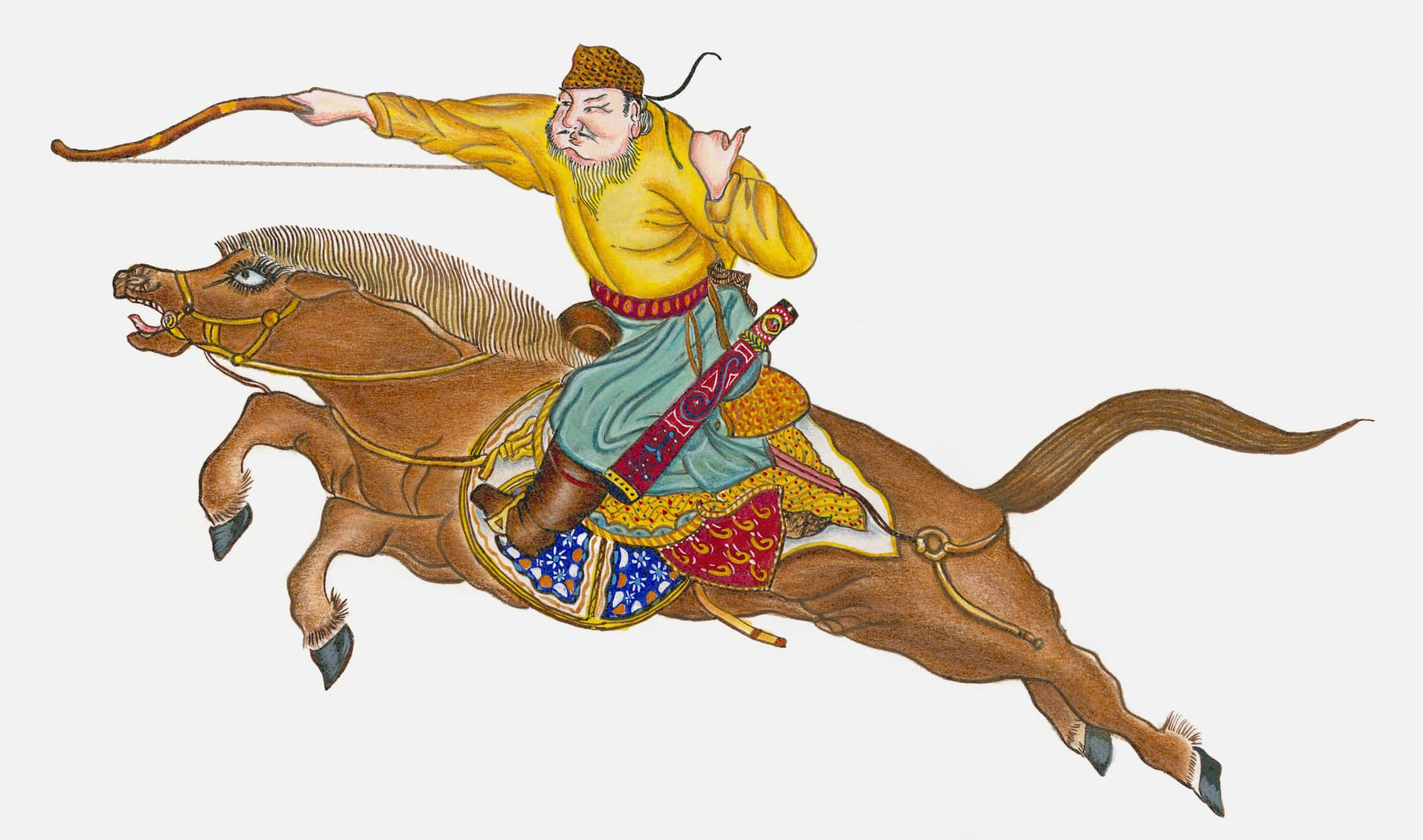
86. A Feast for Crows
A legend says that once, when Genghis Khan's Mongol horde defeated a group of Russian forces, they celebrated their victory in gruesome style. They took all the survivors of the battle, laid them on the ground, and put a wooden slab on top of them. The Mongols then proceeded to eat a victory feast over their enemies, watching as the last of the survivors were slowly crushed to death beneath them.
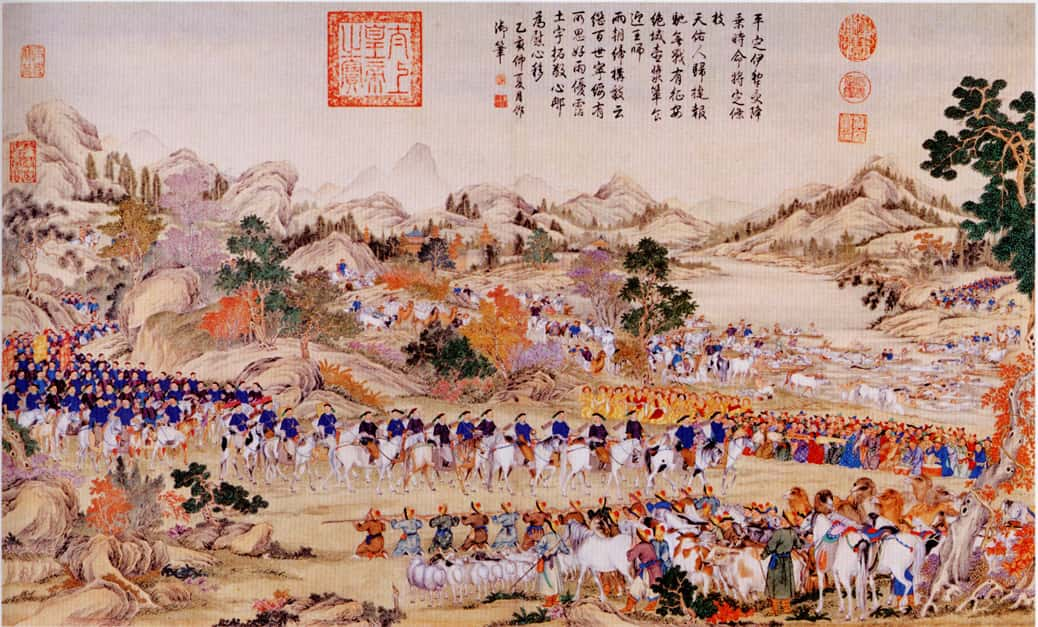 Wikimedia Commons
Wikimedia Commons
87. Be Fruitful and Multiply
Genghis Khan is the most successful biological father of all time, with nearly 16 million descendants.

88. A Man of Extremes
King John was one of the worst rulers in English history. He was hated by his people and England was left far, far weaker after his rule. Perhaps some of his stained legacy was due of his erratic nature. While he was able to be “witty, generous, and hospitable” at times, he was also said to become so angry that he would “[bite] and [gnaw] his fingers.”
89. Badass Comeback
If you’ve seen the movie 300, you might remember how the Greeks are ordered by a Persian messenger to give up their weapons, whereupon King Leonidas answers “Come and get them!” Don’t give too much credit to the movie writers; that exchange is said to have actually happened at the real Battle of Thermopylae, at least according to Plutarch.
Leonidas’s laconic reply was also engraved into a plaque which rests under his statue at Thermopylae.
 300
300
90. Talk About Overkill
After the Battle of Thermopylae, Leonidas’s body was cruelly desecrated by the Persians. His head was severed from his body, which was then crucified. No doubt Robb Stark would sympathize with a fate like that!
 300
300
91. Gandhi - Not So Pure
At the age of 36, while married, Gandhi become more and more fascinated with sexuality. In order to “perfect” his control over his desires, Gandhi would sleep naked beside young women. Then one night, he committed an act so heinous that it made his stenographer quit in disgust: Gandhi performed this "sleeping ritual" with his own 18-year-old grand-niece.
Definitely didn't learn this one in school.
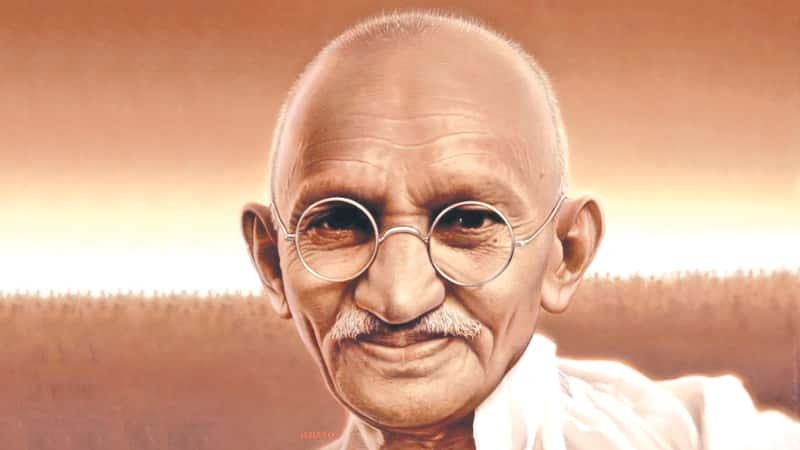
92. Always be Polite
The famous last words of rulers are sometimes remembered for their eloquence, grandiosity, wisdom, or oddity. For Marie Antoinette, her last words are mostly remembered for their quaint politeness. The last recorded words from the deposed Queen of France before her execution by guillotine in 1793 were to excuse herself to her executioner: “Pardon me, sir, I did not do it on purpose.”
A reflection on her lavish spending, lifestyle, and political fortunes? Not quite—she had accidentally stepped on the executioner’s toe.
93. Hurt People Hurt People
Henry VIII was, of course, known for taking six wives and having two of them executed. While that's certainly a disturbing way of ending things with your SO, consider what he did to Anne of Cleves: he called for her to come marry him based on her portrait, but when she arrived, he called her ugly and smelly and did everything he could to annul the marriage.
Modern historians have suggested another side to this story: a bruised ego. It's said that she accidentally mistook the King for a stranger on the first meeting and insulted him. Anne was unimpressed, so, in emotional self-defense, Henry may have decided to be unimpressed with her.
94. Absolute Power
Maximilien Robespierre embodies the saying that “absolute power corrupts absolutely.” Initially hailed as a major player of the French Revolution, Robespierre eventually met his maker by the machine that he so often used during his “Reign of Terror”: the guillotine. Robespierre argued that the “terror” was morally justified for the newly installed First French Republic to ensure there would be no return to a monarchy, as had happened in England a century prior.
But things got a bit out of hand: during Robespierre’s campaign between 1793 and 1794, there were over 16,000 official executions in France.
95. Bloody Mary: Not Just a Delicious Cocktail
Henry VIII’s first-born living child was a daughter named Mary, but the volatile King soon turned on her, exiling her and her mother from court. Mary never forgot nor forgave, and years later she reaped her bloody revenge. Although Henry denounced Catholicism in order to divorce Mary’s mother, Mary herself remained a devout Catholic.
When she took the throne, she reinstated Catholicism on pain of a fiery death. During her short five-year rule, she burned over 280 Protestant dissenters at the stake for heresy, earning her the name Bloody Mary.
96. Grief Counsellor Needed
Queen Victoria was utterly devoted to her husband, Prince Albert, and his death sent her into a severe and deep depression from which she never fully recovered. In all the houses that Victoria and Albert had lived in, Albert’s personal rooms were untouched, kept as they were and even supplied with fresh towels and hot water.
Victoria would wear black for the rest of her life and withdrew from the public eye, which ironically undid some of the goodwill that Albert had built up during his lifetime by being so publicly active in British life.
97. Stay Out of My Life!
Queen Victoria’s childhood was an isolated one. Her mother (also named Victoria) and Sir John Conroy came up with a parenting system which prevented young Victoria from seeing people that weren’t pre-approved by them first. This system, known as the Kensington System, was done to make Victoria dependent on them, which they hoped would continue into her reign as monarch. No wonder Victoria described her youth as “rather melancholy.”
In later years, in the hopes of keeping Sir John Conroy in a close and influential position in Victoria’s life, he and Victoria’s mother tried to persuade her to make him her private secretary. Victoria refused every time, however. In fact, when she became queen, she had Conroy “banned from her presence.” Honestly, kudos to her!
98. An Erotic Collection
Catherine the Great was very different behind closed doors. She secretly collected sexually-charged furniture and even had an erotic cabinet adjacent to her suite of rooms. But the furniture wasn't the only thing naughty in the Muscovite palaces—Catherine also employed full-time foot ticklers. A long-standing tradition for Russian royalty, foot ticklers would sing sexual ballads while tickling their master's feet to provide relaxation and arousal.
What a gal.
99. Some Things Can’t Be Forgiven
Ada Lovelace is known to history as the world's first computer programmer. Despite the fact that math and science were considered "not for women," her groundbreaking work with Charles Babbage laid the groundwork for modern computer science. However, her death remains shrouded in mystery. For unknown reasons, her husband William abandoned his wife’s deathbed.
She had confessed something to Lord Lovelace that led him to stalk out and never return after August 30, 1852. Historians have supposed it was about her many infidelities, or the perhaps truth about her sister Medora. However, we may never know.
100. From Lover to Friend
Madame de Pompadour was the famous mistress of King Louis XV. She was his advisor, friend, and lover. Their relationship seemed happy, but modern historians now know they hid a dark secret behind bedroom doors. From 1750 onwards, they no longer actually made love. Over the years as Louis XV’s mistress, Pompadour suffered three miscarriages.
As a result, her health suffered horribly, to the point where she could no longer participate in the bedroom. In her ill health, she “suffered the after-effects of whooping cough, recurring colds and bronchitis, spitting blood...as well as an unconfirmed case of leucorrhoea.” However, her bond to Louis did not dim, as she served as a “friend of the King,” maintaining her influence at court.
101. Heart of Darkness
Catherine of Aragon, Henry VIII's first wife, died under mysterious circumstances. Her embalmer noticed the corpse was in perfect health—save for her heart, which had turned black. That led some people to whisper about poison. Today, historians agree generally agree that Catherine died of heart cancer, which, considering the circumstances of her life, appears too poetic to be true.
102. Paternal & Papal Invasions of Privacy
On October 2, 1533, Pope Clement VII married Catherine de Medici off to the French Dauphin (the son of the King), Henri. The couple were lucky to be the same age—just 14 years old—but old men still wormed their way into the honeymoon. Henri’s father, King Francis I, apparently stayed in the bedroom until the marriage was fully consummated, and the Pope visited the couple in bed the next morning to bless the previous night’s “proceedings.”
Yick.
Sources: 1, 2, 3, 4, 5, 6, 7, 8, 9, 10, 11, 12, 13, 14, 15, 16, 17, 18, 19, 20, 21, 22, 23, 24, 25, 26, 27, 28, 29, 30, 31, 32, 33, 34


